
Introduction.....
In preparation for my 5th bike tour, a trip I classify as over 10 miles, I have had to sort out some issues with the bike. Nevertheless, I am content to follow on from Tour #4 just a week earlier with just a couple of days delay from my original plan. Just a quick trip out on the 22nd was necessary to check all is good to go today.
Well, after a couple of months a pattern is emerging regarding these trips and I have intentionally called them tours as I’ve settled down to the fact that I will stop at any opportunity to record something interesting. If this tour is successful today then I will consider I’ve covered about half the villages within 5 or 6 miles of the city. I do admit that leading up to my first 1st trip as Covid restrictions were being eased, finding a cosy pub was uppermost in my mind. However, most of the villages don’t have a pub which is a shame for the local communities but spirits are not hard to find. Instead, I’ve focused on local churches for my spiritual guidance and have so far visited 13 churches and 1 chapel. I’m bound to add more today. I should mention a further interest of mine in military history, something I’ve been involved with for a long time. Examining CWGC headstones is quite familiar to me but in these local graveyards there are stark reminders that no village is totally untouched by the ravages of war.
Hardly Flat Out..... Cooler conditions prevail now in the second half of August and I’ve selected another group of villages which should not prove too demanding. However, these villages are north of the city so I will have to cross the city consuming some 30 minutes. Reaching the Roman Road, I turn off to Munstone (see Tour #3) and proceed though this village arriving at the Hereford to Marden Road at Shelwick Green. There is nothing remarkable so far except to mention that near here is a railway junction: The track splits with a northern line to Shrewsbury and Crewe while to the east runs a line to Worcester. This is a single line as far as Malvern used by departures from Hereford to London. It is also worth noting that east of this point runs the River Lugg, a tributary of the River Wye. It means for the time being I will be travelling over quite flat terrain following the Lugg Flats.
Two for the Price of One..... After a couple of miles, I reach my first village worthy of having a community church. The village centres around the local pub, the Golden Cross but I need to take a right here to reach Sutton St Nicholas Church. Unfortunately, the church is closed today but I can still admire the architecture and take my now customary walk around the churchyard to check for any military service graves.
The church of St. Nicholas is 12th century, with additions in the 13th century and renovations in the mid 17th century. The spire was taken down in the 18th century due to lack of funds for repairs.
There is a military burial here at this church. It belongs to Private W. Phillips, King’s Liverpool Regiment who died in April 1917. As I head back to the crossroads, a carry straight over to my next location just minutes away.
Sutton St Michael Church is the smaller of two church buildings in Sutton St Nicholas but it has an interesting family connection. I have but one female cousin and it was here that she was christened. Being much older, I became her God Parent.
The church is a plain, simple, country church dating back to the 12th century and has been little altered since it was first built situated above the water meadows of the river Lugg. However, excavations in the meadows have traced occupation here back to Anglo-Saxon times. The place of the martyrdom of St. Ethelbert is in this parish and the church is adjacent to a national monument – a Deserted Medieval Village.
In the Middle Ages, St. Michael’s belonged to the Knights Hospitallers of the Order of St. John who reserved the right to bury pilgrims who died in their care in the churchyard.
Finally in the churchyard there is a CWGC grave but not one I expected. It’s the first Naval casualty I’ve come across locally. Here lies buried Stoker 2nd Class J. L. Marshall, HMS Pembroke, Royal Navy who died in February 1940, aged only 20. HMS Pembroke was an accounting base in Chatham in 1940.
Occupation since the Iron Age..... As I leave Sutton heading north, to my right is the impressive Iron Age Hill Fort known as the Sutton Walls which I bypass on this occasion. I’m soon on the outskirts of another village.
Before Marden village proper there is a left turn, a no-through-road that leads to this village’s spiritual home tucked away besides the River Lugg. Standing sentry at the junction is a war memorial of a more recent design. The Church of St Mary the Virgin, Marden however, is far from it. As I approach from the east this church has a magnificent bell tower in the north-west corner as opposed to the more usual position in front of the chancel. The entrance is to the south and is open for visitors leading them into the nave which is skirted by the north and south aisles. To the right is the chancel. As with other churches I’ve visited recently there is an information desk and I’m delighted to find a wealth of information about the church and its history and how it fits into recorded history of the Lugg Meadows here dating back to Anglo-Saxon times. I’m grateful in this case for the support of the heritage lottery fund in providing such useful factsheets: click thumbnail to expand.
A Tour of the Church
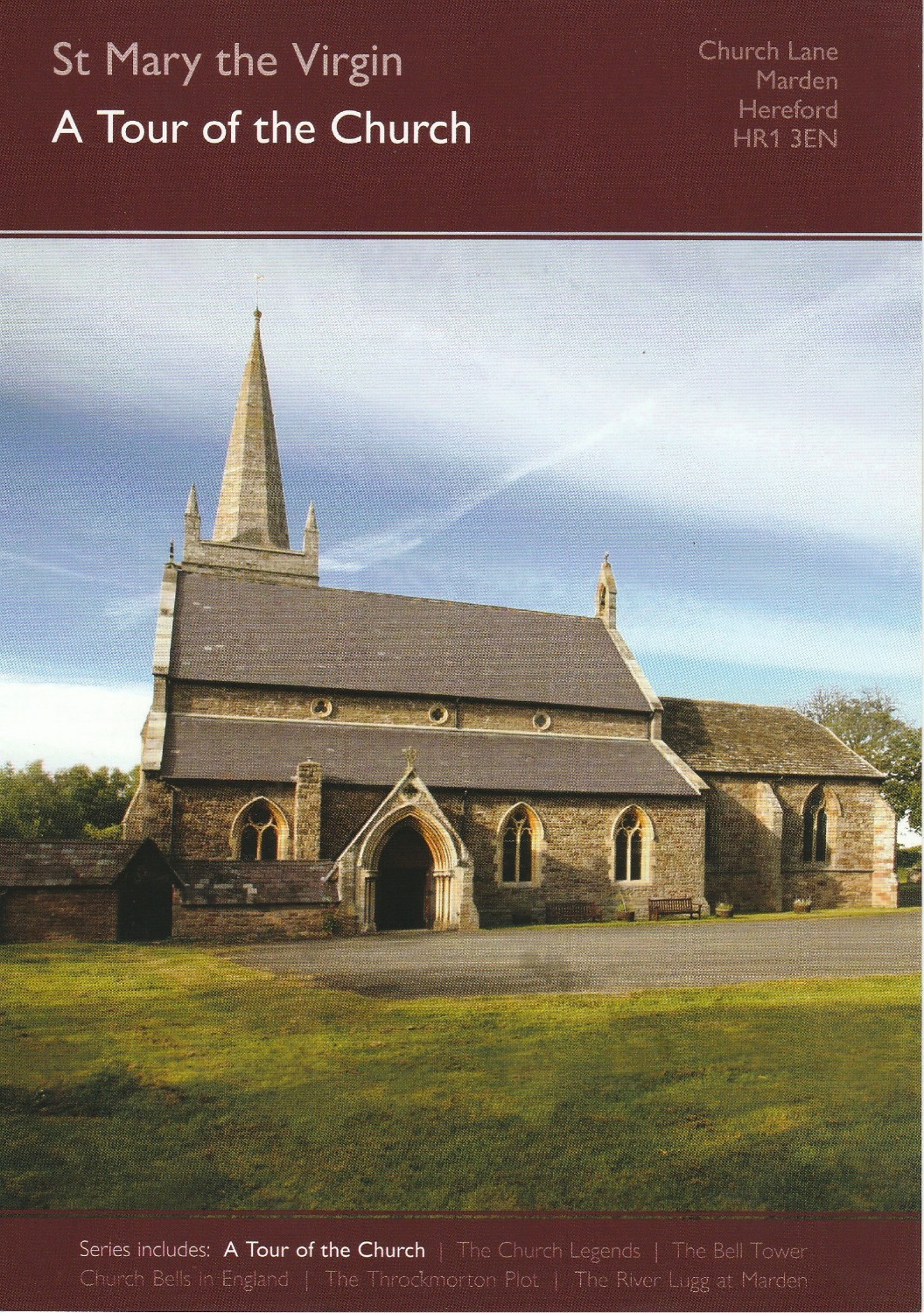
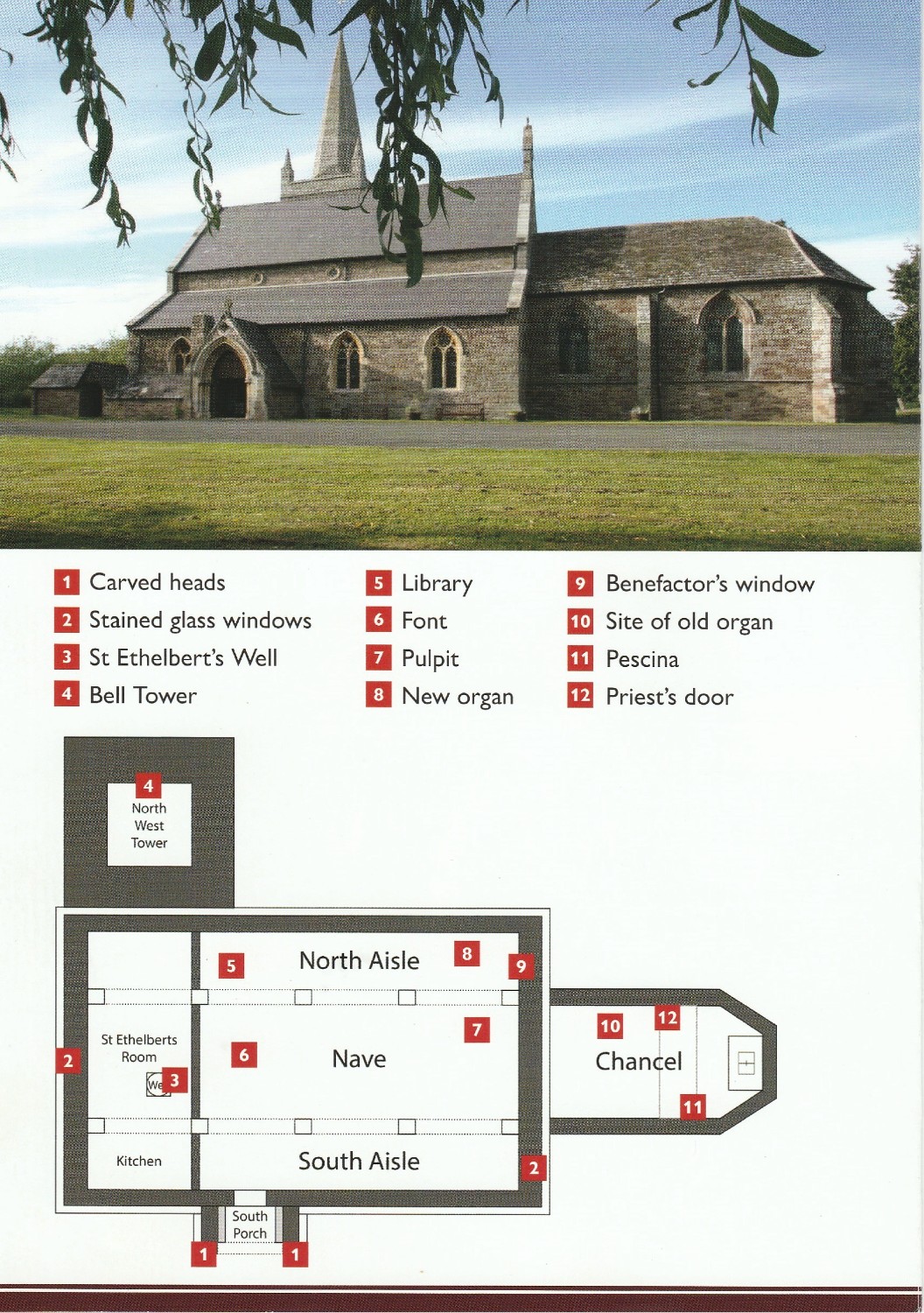
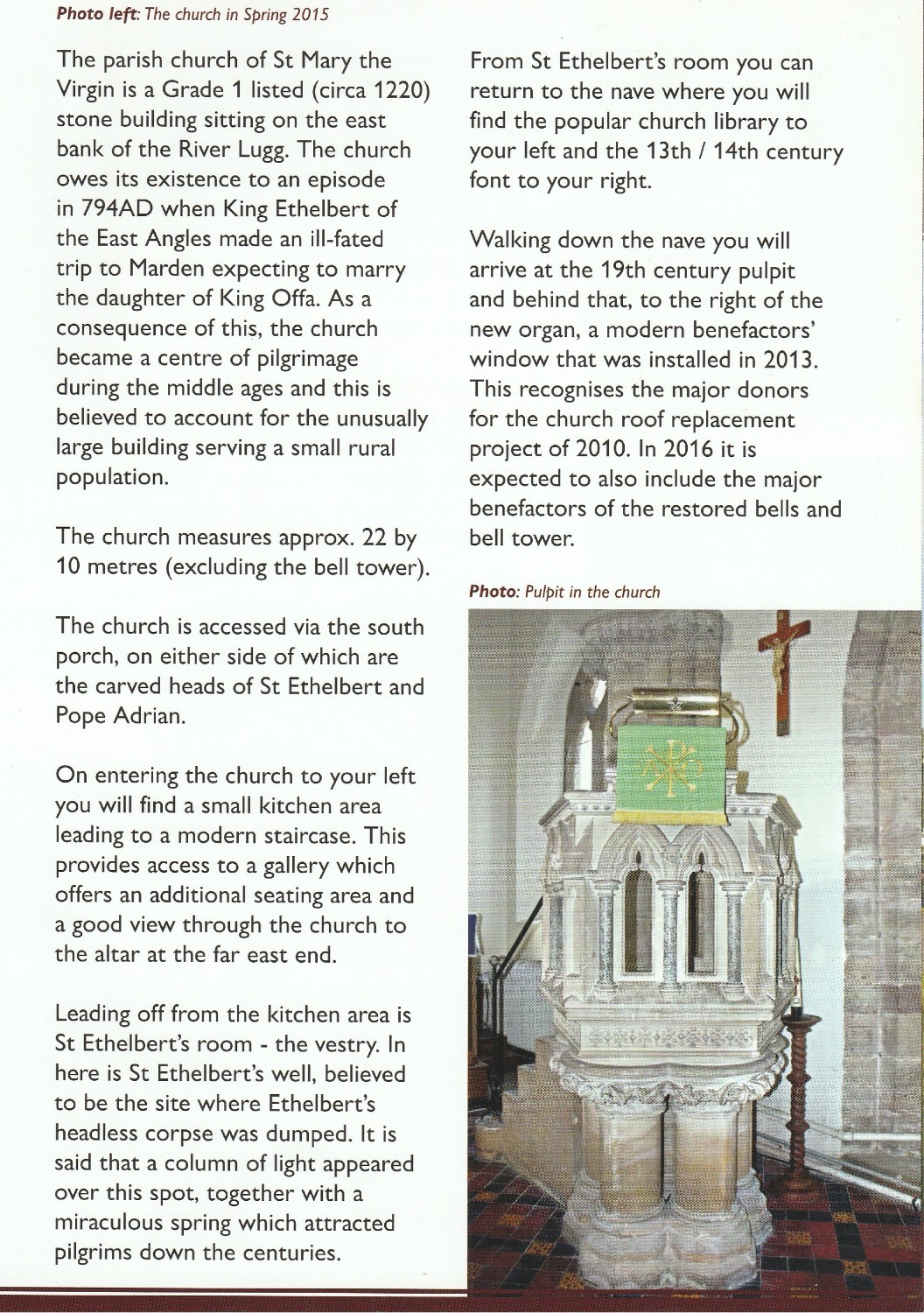
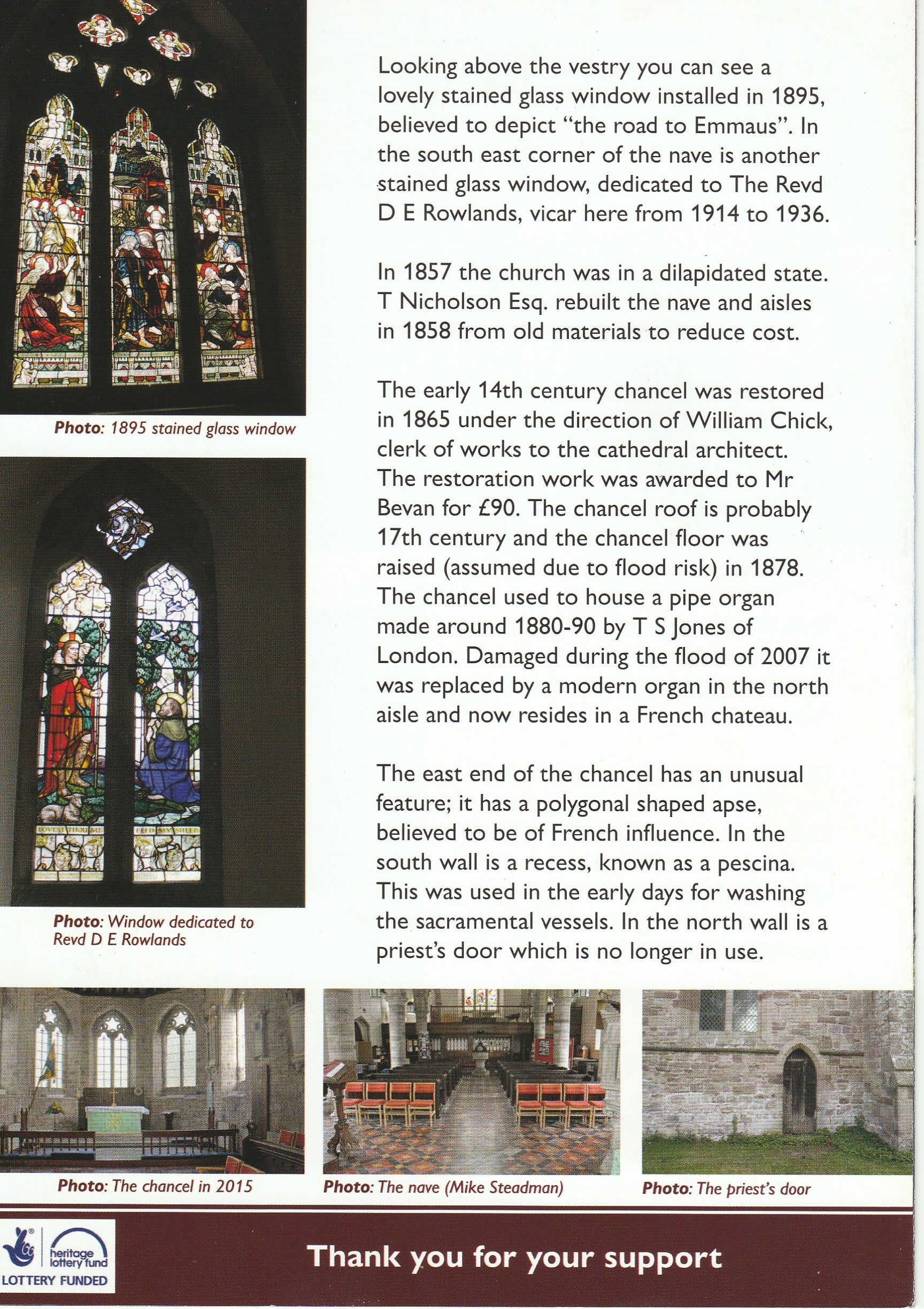
The Bell Tower

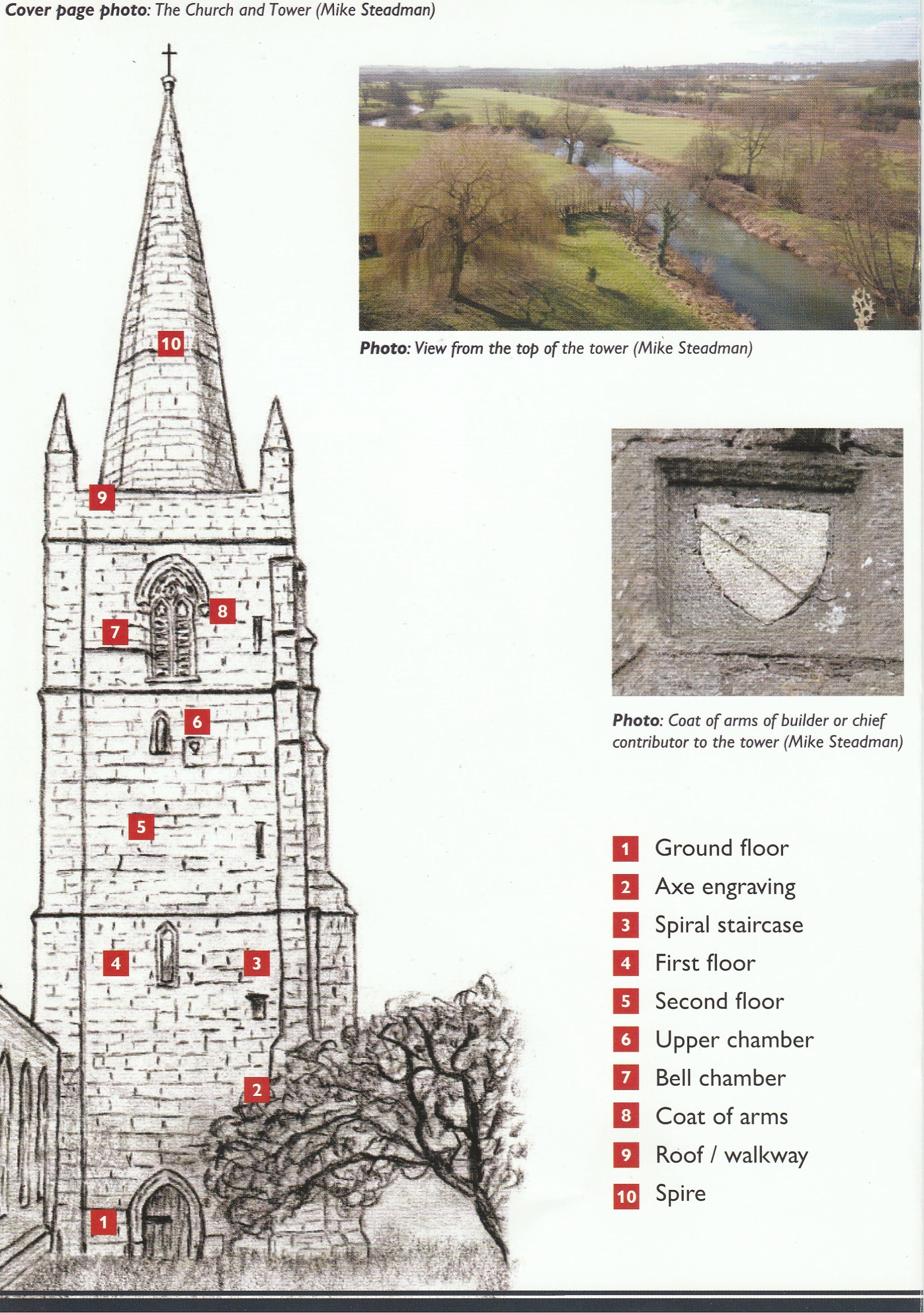
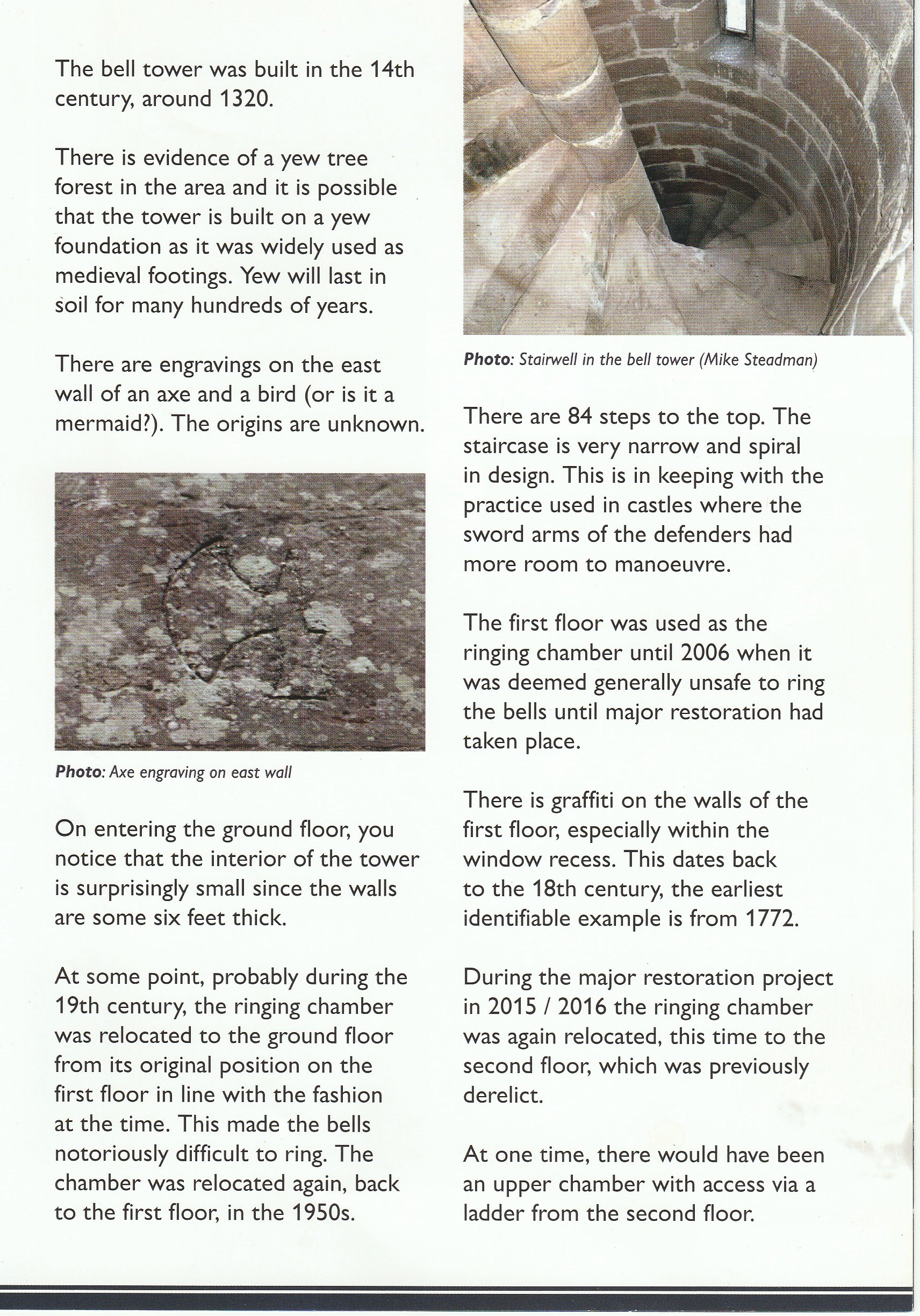
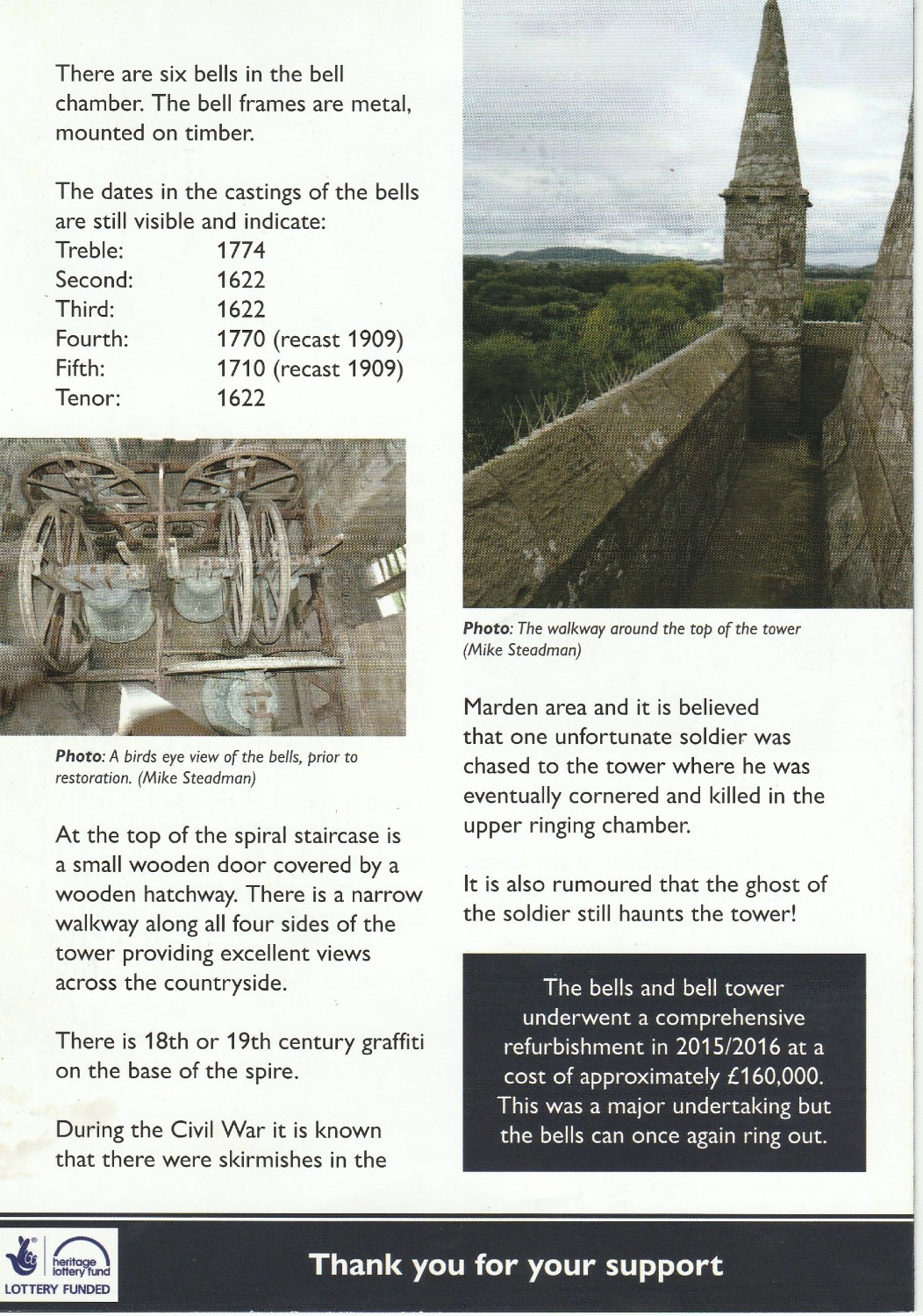
St Ethelbert's Story


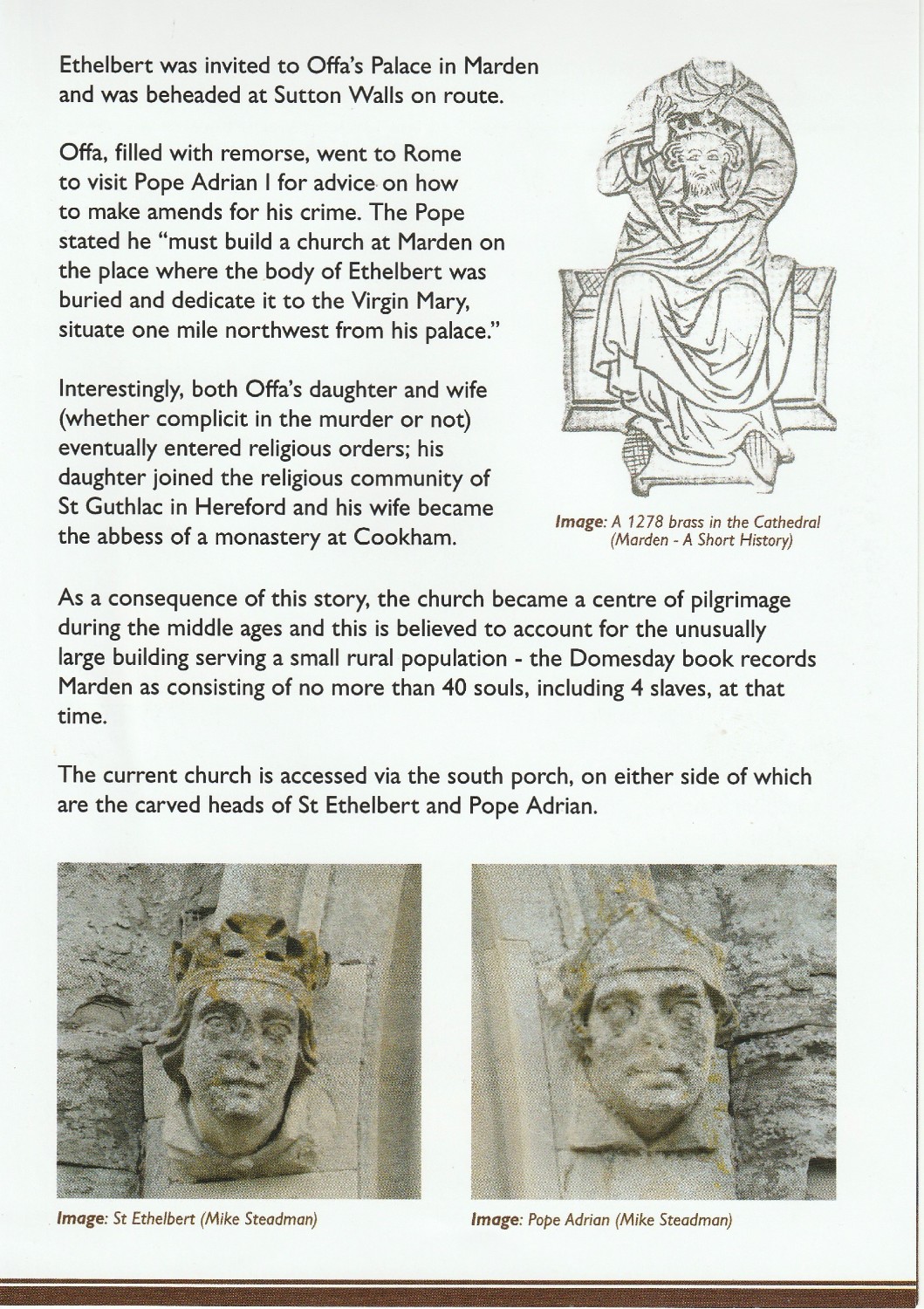
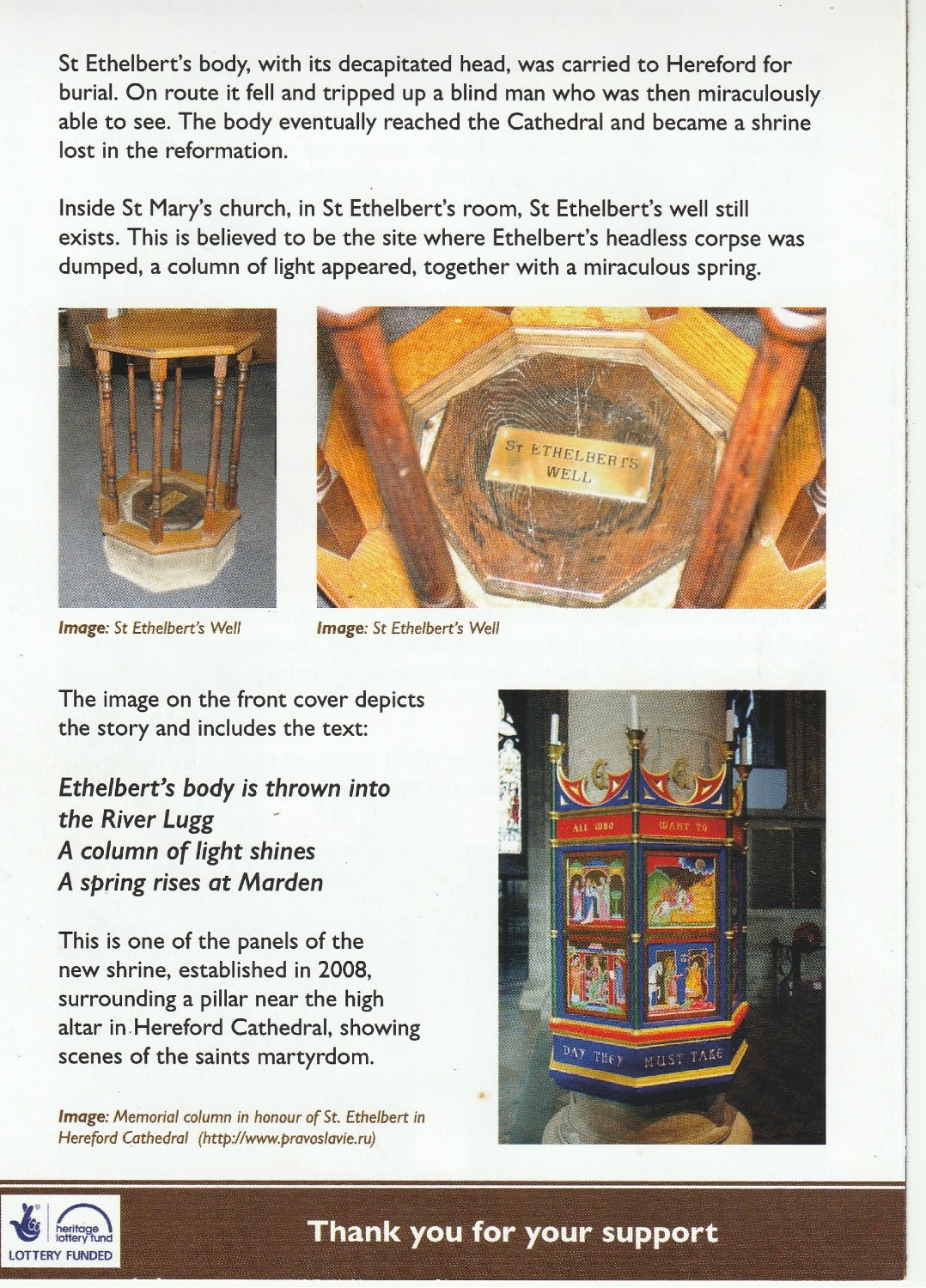
Church Legends
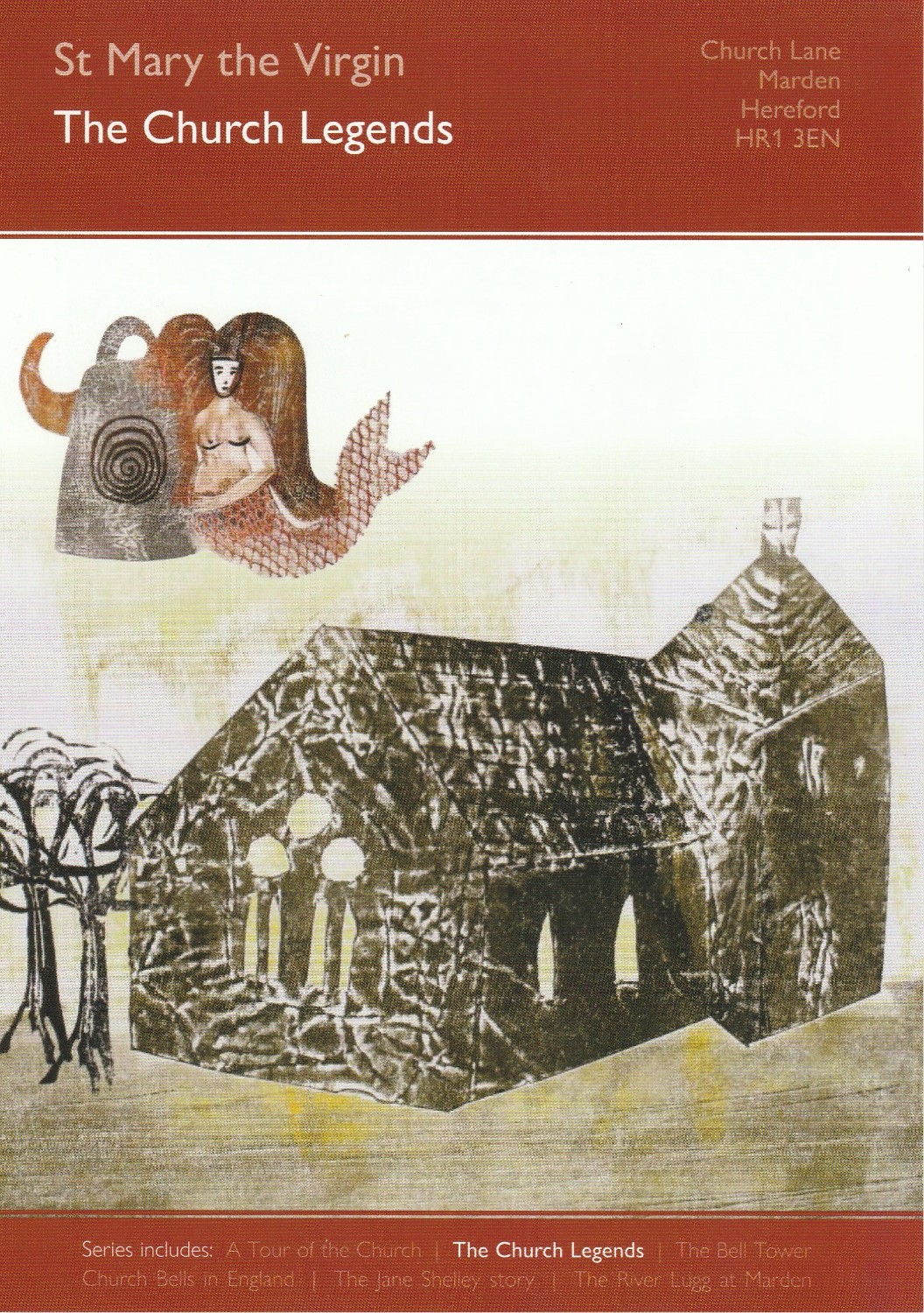

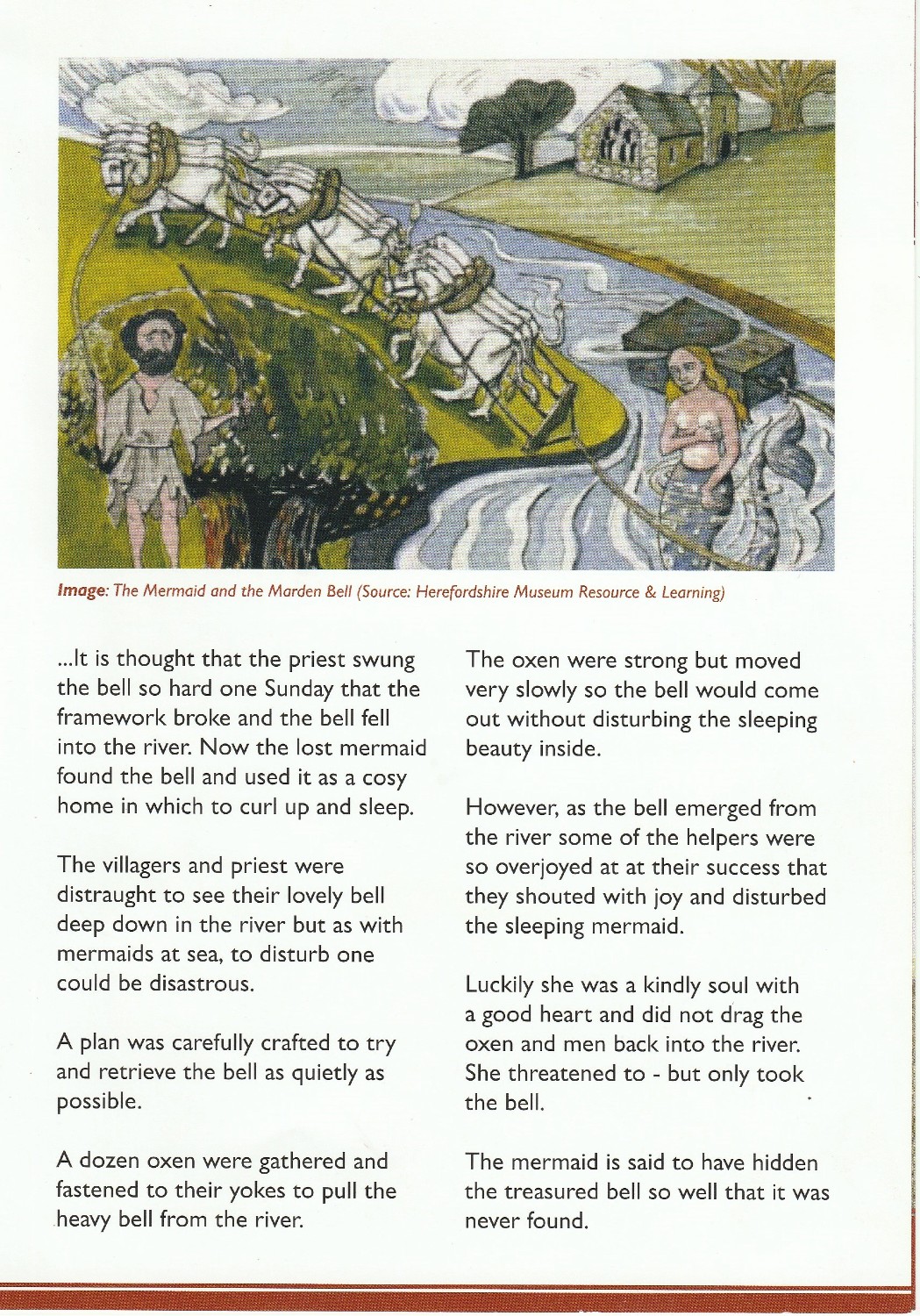
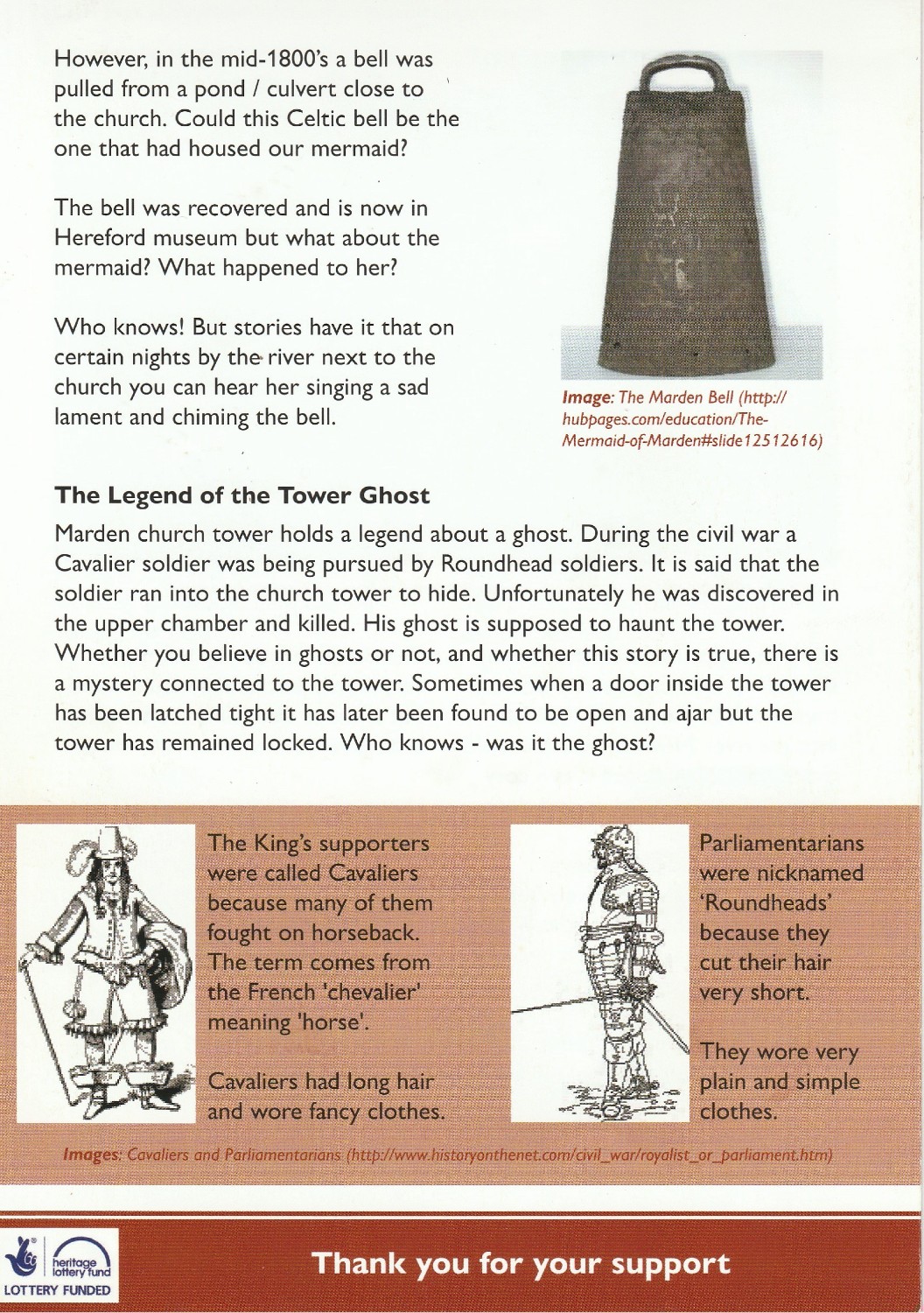
The Jane Shelley Story
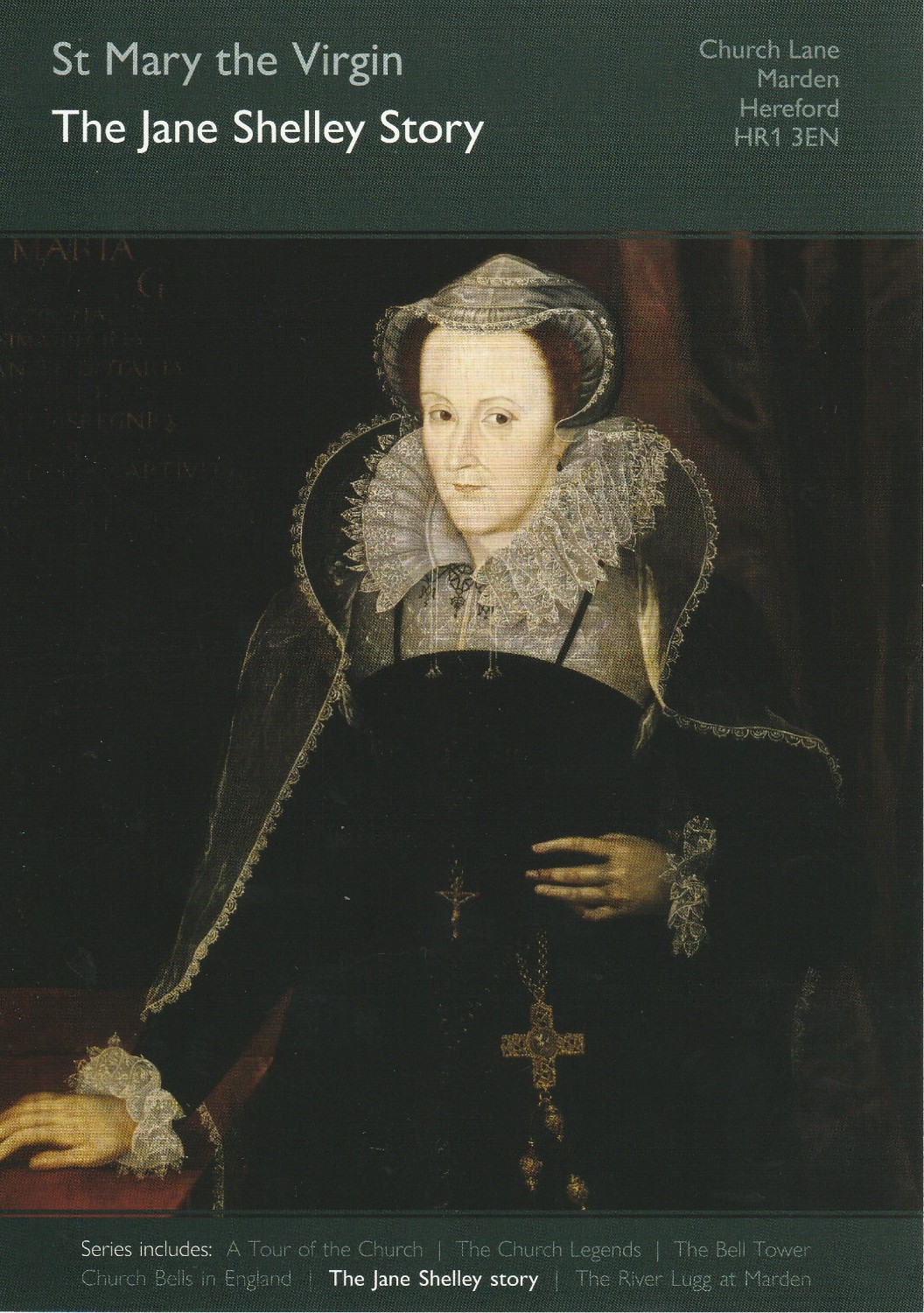
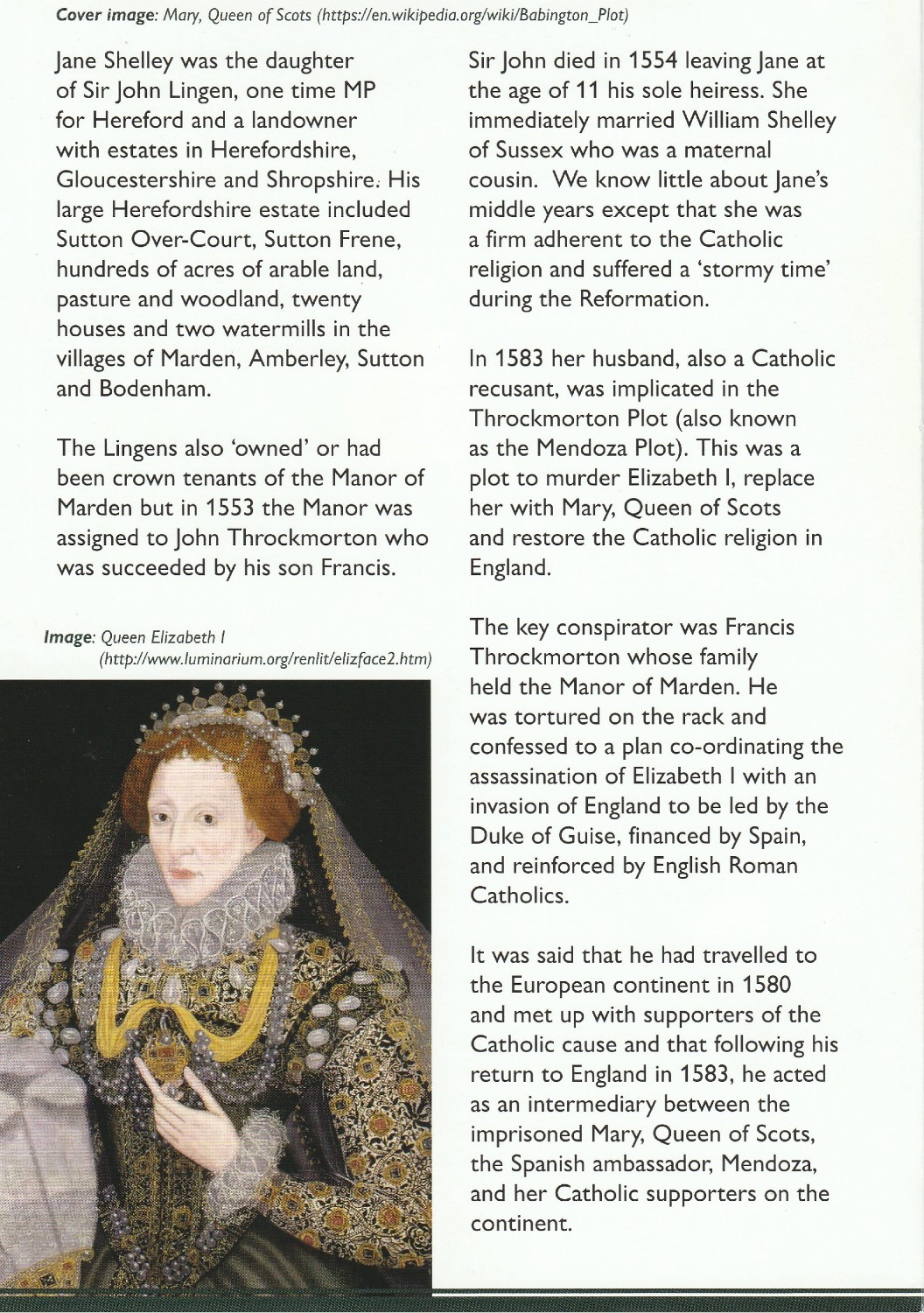
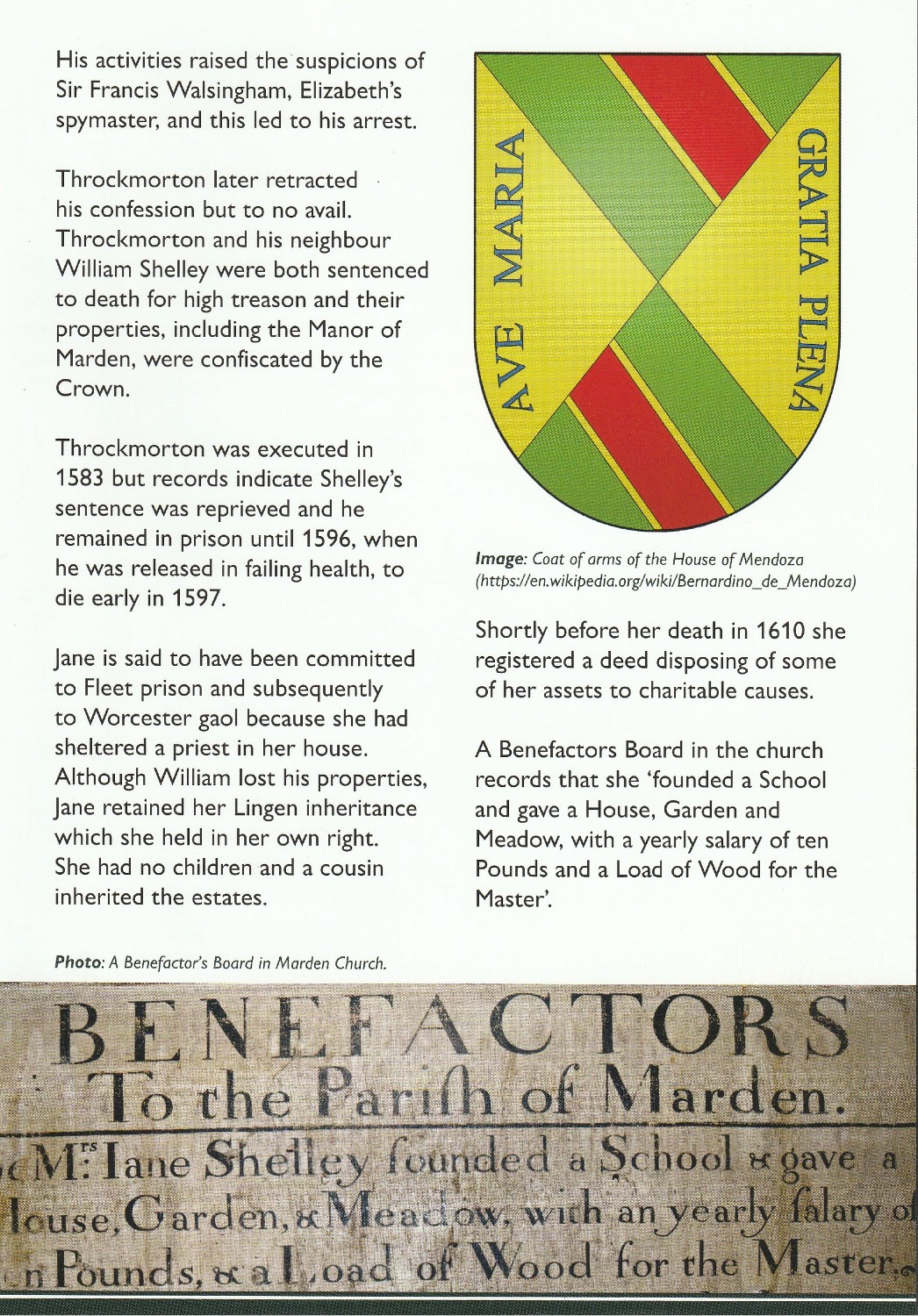
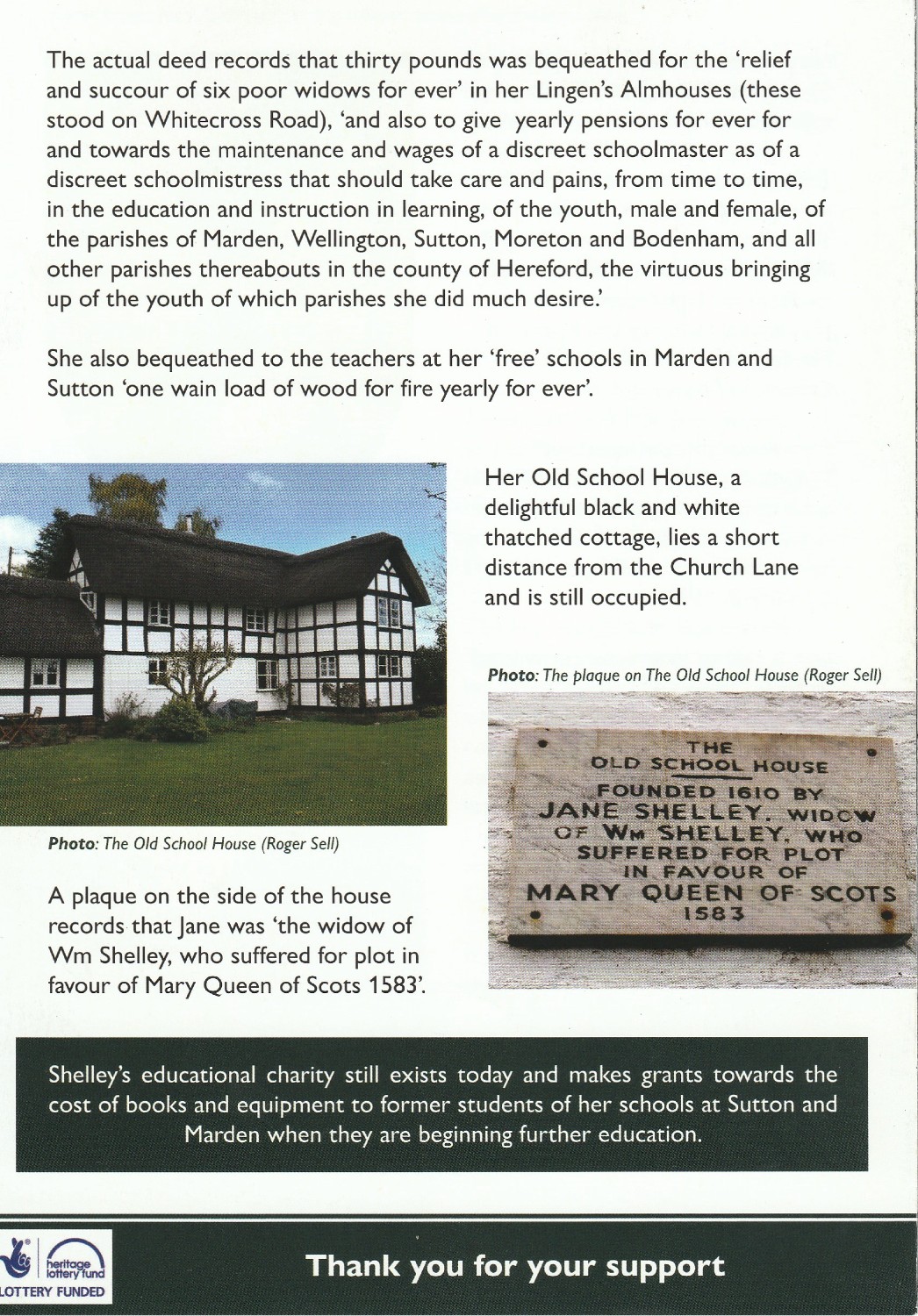
The River Lugg at Marden
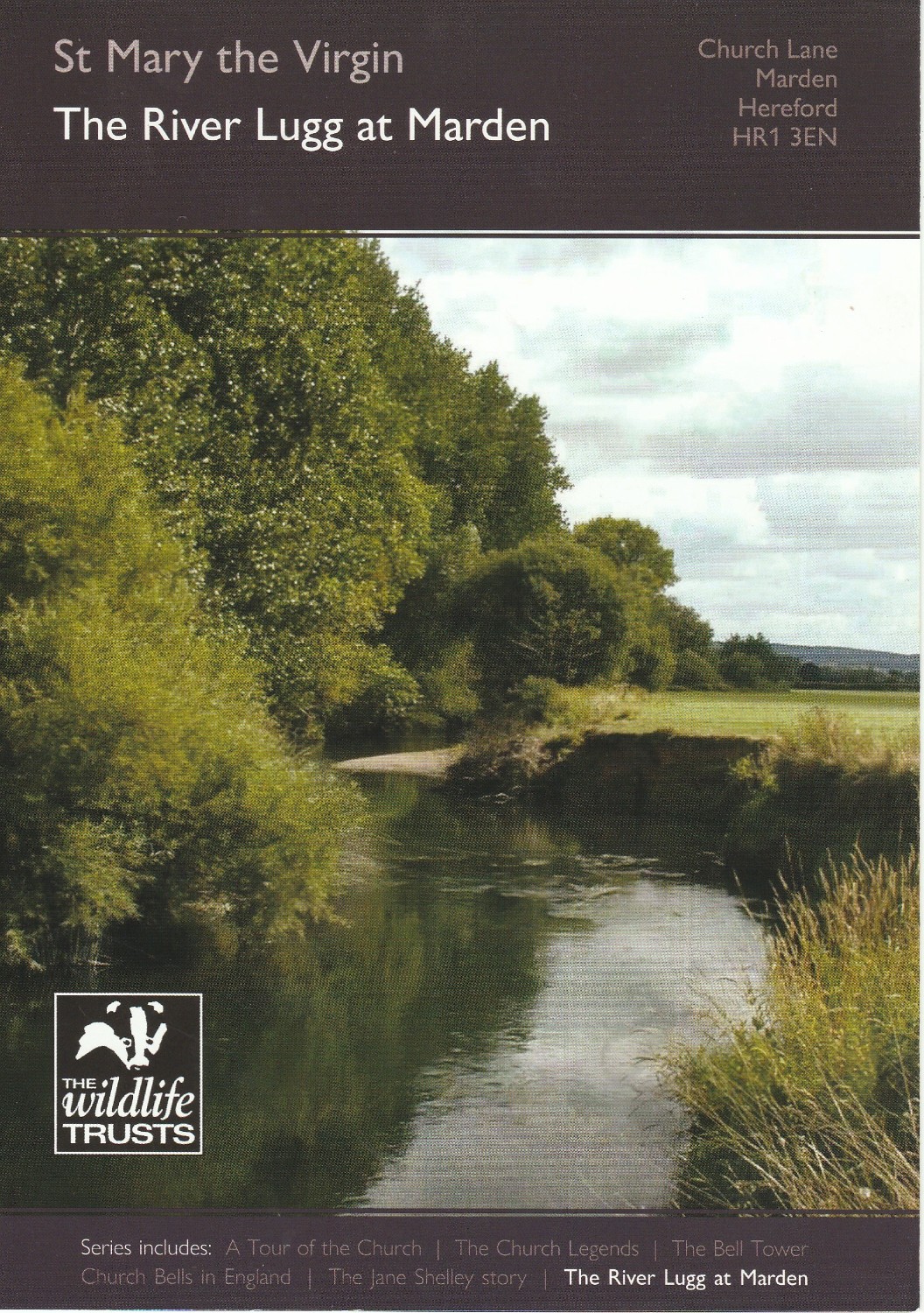
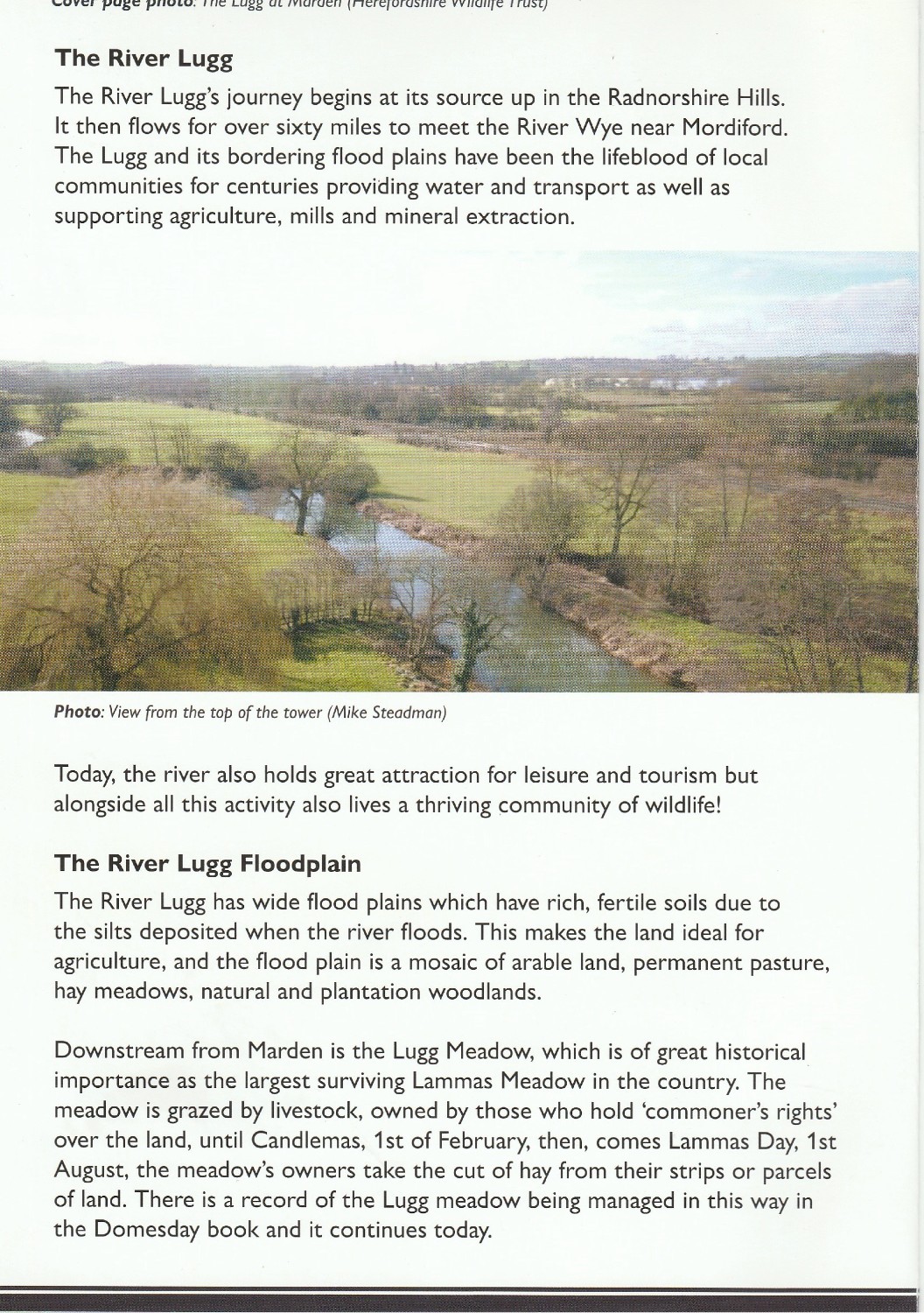
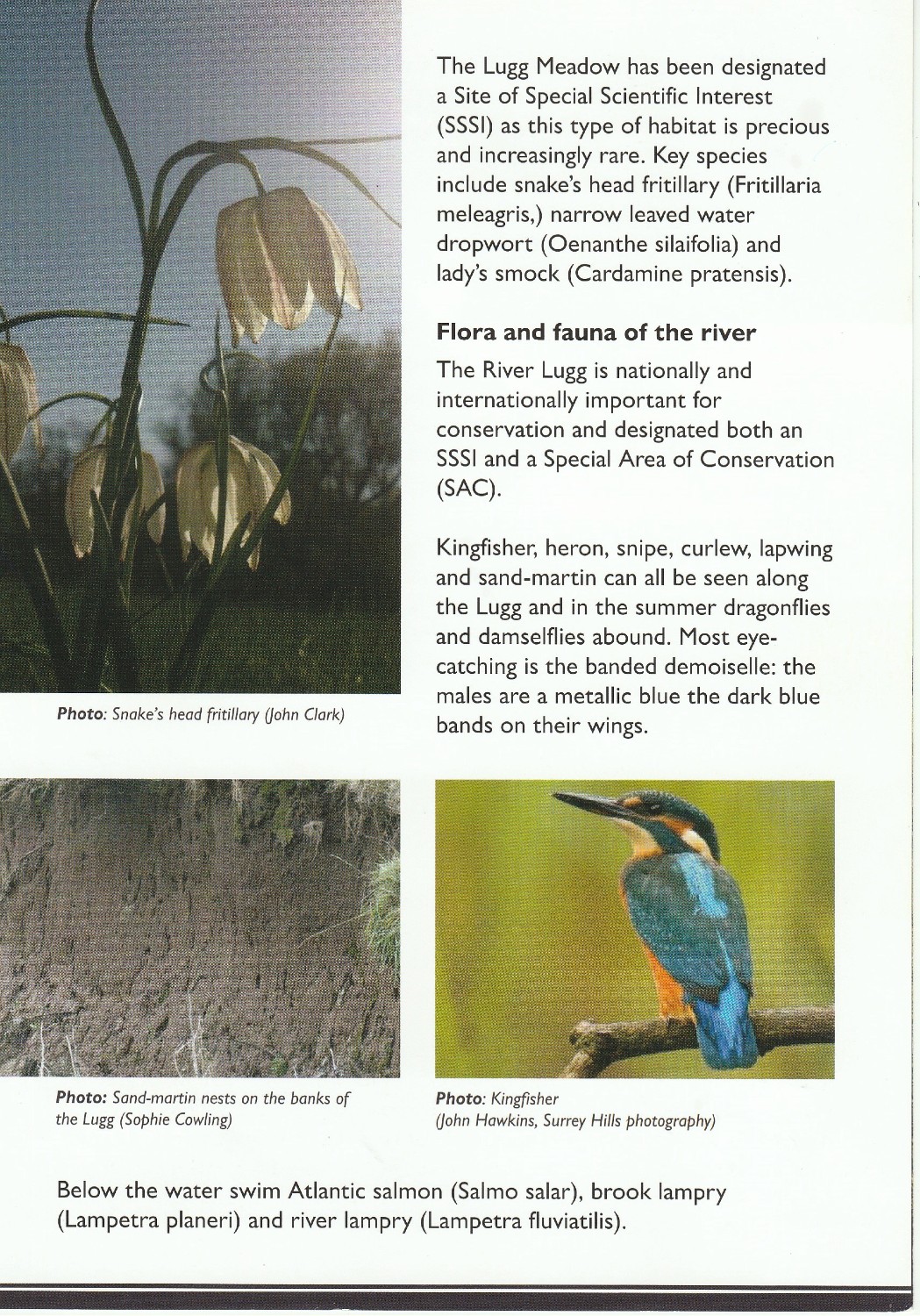
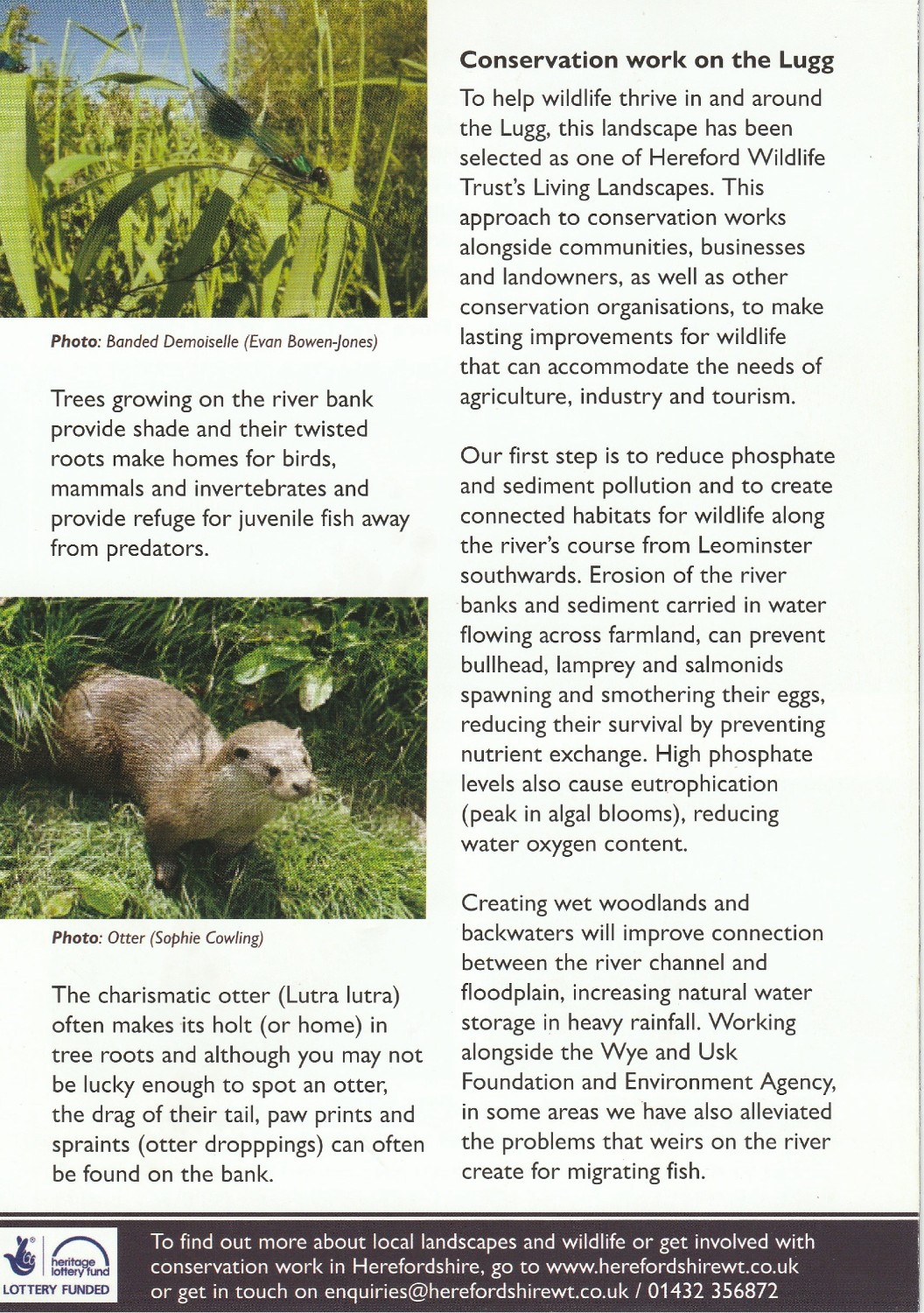
The parish church of St Mary the Virgin is a Grade I listed (circa 1220) stone building. It owes its existence to an episode in 794 AD when King Ethelbert of the East Angles made an ill-fated trip to Marden expecting to marry the daughter of King Offa. As a consequence of this, the church became a centre of pilgrimage during the Middle Ages and this is believed to account for the unusually large building serving a small rural population. There has been some excellent mining of historical information so far these tours but if you have time to visit only one of our rural churches, this has to be the one.
Before I leave there is just one more CWGC grave to report on and for the second time in succession it is attributed to the Royal Navy. The burial is for Motor Mechanic B. S. Davies, Royal Navy who died at the end of July 1943, aged 23.
Road, Rail and Water..... Marden is the furthest I will travel this tour but I can’t miss out another village over to the west where there is a bridge across the River Lugg. Moreton-on-Lugg is a rural community which has excellent transport links close to the A49 road to Leominster and the north. The railway also passes through near the Lugg Bridge and I’m a little disappointed just to miss a freight train as I reach the area. Well, Moreton is large enough to have shops and a post office but curiously no pub. However, as you’d expect, there is a church.
St Andrew's Church is part of the Burghill diocese, as is St Peter’s Church at Lyde (Tour #3). This church probably dates from the 12th century, although little remains from that period. It was completely renovated and partly rebuilt in 1867.
Thomas Evans, the principal landed proprietor of the parish in 1867, was not happy to merely build his own beautiful mansion, but in conjunction he almost entirely funded the renovation of the church as well as donating the land for the enlargement of the building.
St. Andrews church was in a dreadfully dilapidated condition, but the rebuild was in keeping with the original style, with a brand new, plain, font in Bath stone, and a beautifully carved oak lecturne.
Decision..... Unfortunately, the church is not open and I’ve reached a point where I have had to make a decision regarding the route home. I could be quite satisfied with results so far and return the way I came but there is actually a shorter route but unlike the low-lying Lugg Flats, it’s not at all easy to negotiate on a bike. Well, as I cross over the A49 I’ll give it a go but the land rises over 50 metres in less than a mile up to Portway Bank. It’s not long before I give up being a hero and resort to pushing my bike uphill for the first time on tour. It’s just too stiff a climb and I resort to self-punishment by deleting a huge chunk of road from my distance travelled. Reaching the top at the same spot as on Tour #3, I continue over the A4110 towards Burghill and the relief of a long downhill stretch.
So Familiar..... Down in the village I am in totally familiar territory. At the parish church Church of St Mary the Virgin, I was christened so many years ago and to this day my association with St Mary’s continues with both my parents buried here as well as those of my grandmother and four siblings on my mother’s side. I’ve mentioned this church in passing before and have taken a lesser bike ride out to visit but I haven’t actually stepped back before and looked at this church in the same way as most others I’ve visited by concentrating on its history and architecture. I need to put that right now. The following is extracted from the Explore Churches website:
The church dates from the 12th century though evidence exists of an earlier building apparent in the stonework in the north wall of the chancel. During the 14th century the chancel was widened and a north chapel and vestry were added. The oak timbered south porch dates from the early 16th century and within the church is an ancient font dating from 1180 and an unusual carved rood screen which is 15th century but was restored in 1897.
There are several ornate Victorian stained-glass windows and also other more modern ones. In the chancel is the alabaster tomb of Sir John and Lady Millbourne circa 1440 and a number of distinctive brasses can be found in the chancel including one dated 1619 commemorating the death of local landowner Robert Masters who sailed with Thomas Cavendish on the second only navigation of the globe in 1588.
A Millennium quilt, depicting the various village groups in 2,000, made by members of the local community, hangs on the north wall of the nave. Beautifully embroidered altar frontals hang on both altars.
The present tower, built in 1812, replaced an older structure which collapsed in 1810 and the pinnacles and battlements were built in 1953.The tower has a ring of 8 bells, 5 of which were cast by Abraham Rudhall of Gloucester in 1704 and were augmented by 3 further bells in 1894 cast at the Whitechapel Foundry. On the west wall, the war memorial lists all the men from the Parish who died in both World Wars. A further two war memorials can be found in the churchyard, one being dedicated to American Airmen killed when their plane crashed on the nearby St Mary’s Hospital in 1944.
The beautiful churchyard is a peaceful place and has had many visitors over the years including famously, William Wordsworth and Sir Edward Elgar. The preaching cross has a 14th century stone base and the stone head of a bishop, also 14th century, gazes from the south wall towards Llanthony Priory which then held the patronage of Burghill.
Well, I’ve given St Mary’s the works at long last and am much wiser for it. Lastly there is a military grave in the cemetery here, a recent and tragic one. The grave is of 2nd Lieut. David Lawrence Naden, Royal Signals who died in a road traffic accident in Germany in 1991 aged 21. He is listed on the Palace Barracks Memorial Garden website under R.T.A. Deaths (Royal Signals), Germany 1969-2008....
Penalised..... The route back to the city is still not easy, I know from that previous trip, but I negotiated it without pushing my bike uphill. This time I make a pig's ear of it, finding myself slipping gears at the start and push my bike once again to receive an equally punishing distance penalty. However, I’ve saved time and arriving back at Three Elms there is just one more location I could try.
Plain and Simple..... Off the Three Elms Road to the right is Huntington Lane and another local church. St Mary Magdalene Church, Huntington is small, part of the diocese of Holmer. Formerly known as: Church of St Bartholomew Huntington. This church was rebuilt c1850, by B Cranstoun. It consists of coursed dressed stone, with ashlar detailing a plain tile roof with stone coped gables and bellcote to the west. The nave, chancel and apse are in "Norman" style.
Now all that remains is for me to find my way back to the city, arriving at a much more sensible time of 2.30pm, the tour still consuming 5 hours though.
Conclusion..... As I complete my blog, I note this is the longest I’ve written for by bike tours so far. Should I perhaps be more concise but the truth is I’ve been struggling as to what to leave out, the tour has been that absorbing and productive? I really am enjoying researching and writing up my blogs: It has cost me only time today. However, that aside. I’m thankful that there were no issues to report with this trip as I continue to work on my fitness. It seems that 20-mile trips can become the norm and it is too early yet to start thinking about Autumn and Winter. I believe I can cover at least as many villages as I’ve done in the last 5 tours in the coming month or two weather permitting. Beyond that who knows but a change of plan will likely become necessary.
Well, after a couple of months a pattern is emerging regarding these trips and I have intentionally called them tours as I’ve settled down to the fact that I will stop at any opportunity to record something interesting. If this tour is successful today then I will consider I’ve covered about half the villages within 5 or 6 miles of the city. I do admit that leading up to my first 1st trip as Covid restrictions were being eased, finding a cosy pub was uppermost in my mind. However, most of the villages don’t have a pub which is a shame for the local communities but spirits are not hard to find. Instead, I’ve focused on local churches for my spiritual guidance and have so far visited 13 churches and 1 chapel. I’m bound to add more today. I should mention a further interest of mine in military history, something I’ve been involved with for a long time. Examining CWGC headstones is quite familiar to me but in these local graveyards there are stark reminders that no village is totally untouched by the ravages of war.
Hardly Flat Out..... Cooler conditions prevail now in the second half of August and I’ve selected another group of villages which should not prove too demanding. However, these villages are north of the city so I will have to cross the city consuming some 30 minutes. Reaching the Roman Road, I turn off to Munstone (see Tour #3) and proceed though this village arriving at the Hereford to Marden Road at Shelwick Green. There is nothing remarkable so far except to mention that near here is a railway junction: The track splits with a northern line to Shrewsbury and Crewe while to the east runs a line to Worcester. This is a single line as far as Malvern used by departures from Hereford to London. It is also worth noting that east of this point runs the River Lugg, a tributary of the River Wye. It means for the time being I will be travelling over quite flat terrain following the Lugg Flats.
Two for the Price of One..... After a couple of miles, I reach my first village worthy of having a community church. The village centres around the local pub, the Golden Cross but I need to take a right here to reach Sutton St Nicholas Church. Unfortunately, the church is closed today but I can still admire the architecture and take my now customary walk around the churchyard to check for any military service graves.
The church of St. Nicholas is 12th century, with additions in the 13th century and renovations in the mid 17th century. The spire was taken down in the 18th century due to lack of funds for repairs.
There is a military burial here at this church. It belongs to Private W. Phillips, King’s Liverpool Regiment who died in April 1917. As I head back to the crossroads, a carry straight over to my next location just minutes away.
Sutton St Michael Church is the smaller of two church buildings in Sutton St Nicholas but it has an interesting family connection. I have but one female cousin and it was here that she was christened. Being much older, I became her God Parent.
The church is a plain, simple, country church dating back to the 12th century and has been little altered since it was first built situated above the water meadows of the river Lugg. However, excavations in the meadows have traced occupation here back to Anglo-Saxon times. The place of the martyrdom of St. Ethelbert is in this parish and the church is adjacent to a national monument – a Deserted Medieval Village.
In the Middle Ages, St. Michael’s belonged to the Knights Hospitallers of the Order of St. John who reserved the right to bury pilgrims who died in their care in the churchyard.
Finally in the churchyard there is a CWGC grave but not one I expected. It’s the first Naval casualty I’ve come across locally. Here lies buried Stoker 2nd Class J. L. Marshall, HMS Pembroke, Royal Navy who died in February 1940, aged only 20. HMS Pembroke was an accounting base in Chatham in 1940.
Occupation since the Iron Age..... As I leave Sutton heading north, to my right is the impressive Iron Age Hill Fort known as the Sutton Walls which I bypass on this occasion. I’m soon on the outskirts of another village.
Before Marden village proper there is a left turn, a no-through-road that leads to this village’s spiritual home tucked away besides the River Lugg. Standing sentry at the junction is a war memorial of a more recent design. The Church of St Mary the Virgin, Marden however, is far from it. As I approach from the east this church has a magnificent bell tower in the north-west corner as opposed to the more usual position in front of the chancel. The entrance is to the south and is open for visitors leading them into the nave which is skirted by the north and south aisles. To the right is the chancel. As with other churches I’ve visited recently there is an information desk and I’m delighted to find a wealth of information about the church and its history and how it fits into recorded history of the Lugg Meadows here dating back to Anglo-Saxon times. I’m grateful in this case for the support of the heritage lottery fund in providing such useful factsheets: click thumbnail to expand.
























The parish church of St Mary the Virgin is a Grade I listed (circa 1220) stone building. It owes its existence to an episode in 794 AD when King Ethelbert of the East Angles made an ill-fated trip to Marden expecting to marry the daughter of King Offa. As a consequence of this, the church became a centre of pilgrimage during the Middle Ages and this is believed to account for the unusually large building serving a small rural population. There has been some excellent mining of historical information so far these tours but if you have time to visit only one of our rural churches, this has to be the one.
Before I leave there is just one more CWGC grave to report on and for the second time in succession it is attributed to the Royal Navy. The burial is for Motor Mechanic B. S. Davies, Royal Navy who died at the end of July 1943, aged 23.
Road, Rail and Water..... Marden is the furthest I will travel this tour but I can’t miss out another village over to the west where there is a bridge across the River Lugg. Moreton-on-Lugg is a rural community which has excellent transport links close to the A49 road to Leominster and the north. The railway also passes through near the Lugg Bridge and I’m a little disappointed just to miss a freight train as I reach the area. Well, Moreton is large enough to have shops and a post office but curiously no pub. However, as you’d expect, there is a church.
St Andrew's Church is part of the Burghill diocese, as is St Peter’s Church at Lyde (Tour #3). This church probably dates from the 12th century, although little remains from that period. It was completely renovated and partly rebuilt in 1867.
Thomas Evans, the principal landed proprietor of the parish in 1867, was not happy to merely build his own beautiful mansion, but in conjunction he almost entirely funded the renovation of the church as well as donating the land for the enlargement of the building.
St. Andrews church was in a dreadfully dilapidated condition, but the rebuild was in keeping with the original style, with a brand new, plain, font in Bath stone, and a beautifully carved oak lecturne.
Decision..... Unfortunately, the church is not open and I’ve reached a point where I have had to make a decision regarding the route home. I could be quite satisfied with results so far and return the way I came but there is actually a shorter route but unlike the low-lying Lugg Flats, it’s not at all easy to negotiate on a bike. Well, as I cross over the A49 I’ll give it a go but the land rises over 50 metres in less than a mile up to Portway Bank. It’s not long before I give up being a hero and resort to pushing my bike uphill for the first time on tour. It’s just too stiff a climb and I resort to self-punishment by deleting a huge chunk of road from my distance travelled. Reaching the top at the same spot as on Tour #3, I continue over the A4110 towards Burghill and the relief of a long downhill stretch.
So Familiar..... Down in the village I am in totally familiar territory. At the parish church Church of St Mary the Virgin, I was christened so many years ago and to this day my association with St Mary’s continues with both my parents buried here as well as those of my grandmother and four siblings on my mother’s side. I’ve mentioned this church in passing before and have taken a lesser bike ride out to visit but I haven’t actually stepped back before and looked at this church in the same way as most others I’ve visited by concentrating on its history and architecture. I need to put that right now. The following is extracted from the Explore Churches website:
The church dates from the 12th century though evidence exists of an earlier building apparent in the stonework in the north wall of the chancel. During the 14th century the chancel was widened and a north chapel and vestry were added. The oak timbered south porch dates from the early 16th century and within the church is an ancient font dating from 1180 and an unusual carved rood screen which is 15th century but was restored in 1897.
There are several ornate Victorian stained-glass windows and also other more modern ones. In the chancel is the alabaster tomb of Sir John and Lady Millbourne circa 1440 and a number of distinctive brasses can be found in the chancel including one dated 1619 commemorating the death of local landowner Robert Masters who sailed with Thomas Cavendish on the second only navigation of the globe in 1588.
A Millennium quilt, depicting the various village groups in 2,000, made by members of the local community, hangs on the north wall of the nave. Beautifully embroidered altar frontals hang on both altars.
The present tower, built in 1812, replaced an older structure which collapsed in 1810 and the pinnacles and battlements were built in 1953.The tower has a ring of 8 bells, 5 of which were cast by Abraham Rudhall of Gloucester in 1704 and were augmented by 3 further bells in 1894 cast at the Whitechapel Foundry. On the west wall, the war memorial lists all the men from the Parish who died in both World Wars. A further two war memorials can be found in the churchyard, one being dedicated to American Airmen killed when their plane crashed on the nearby St Mary’s Hospital in 1944.
The beautiful churchyard is a peaceful place and has had many visitors over the years including famously, William Wordsworth and Sir Edward Elgar. The preaching cross has a 14th century stone base and the stone head of a bishop, also 14th century, gazes from the south wall towards Llanthony Priory which then held the patronage of Burghill.
Well, I’ve given St Mary’s the works at long last and am much wiser for it. Lastly there is a military grave in the cemetery here, a recent and tragic one. The grave is of 2nd Lieut. David Lawrence Naden, Royal Signals who died in a road traffic accident in Germany in 1991 aged 21. He is listed on the Palace Barracks Memorial Garden website under R.T.A. Deaths (Royal Signals), Germany 1969-2008....
Penalised..... The route back to the city is still not easy, I know from that previous trip, but I negotiated it without pushing my bike uphill. This time I make a pig's ear of it, finding myself slipping gears at the start and push my bike once again to receive an equally punishing distance penalty. However, I’ve saved time and arriving back at Three Elms there is just one more location I could try.
Plain and Simple..... Off the Three Elms Road to the right is Huntington Lane and another local church. St Mary Magdalene Church, Huntington is small, part of the diocese of Holmer. Formerly known as: Church of St Bartholomew Huntington. This church was rebuilt c1850, by B Cranstoun. It consists of coursed dressed stone, with ashlar detailing a plain tile roof with stone coped gables and bellcote to the west. The nave, chancel and apse are in "Norman" style.
Now all that remains is for me to find my way back to the city, arriving at a much more sensible time of 2.30pm, the tour still consuming 5 hours though.
Conclusion..... As I complete my blog, I note this is the longest I’ve written for by bike tours so far. Should I perhaps be more concise but the truth is I’ve been struggling as to what to leave out, the tour has been that absorbing and productive? I really am enjoying researching and writing up my blogs: It has cost me only time today. However, that aside. I’m thankful that there were no issues to report with this trip as I continue to work on my fitness. It seems that 20-mile trips can become the norm and it is too early yet to start thinking about Autumn and Winter. I believe I can cover at least as many villages as I’ve done in the last 5 tours in the coming month or two weather permitting. Beyond that who knows but a change of plan will likely become necessary.
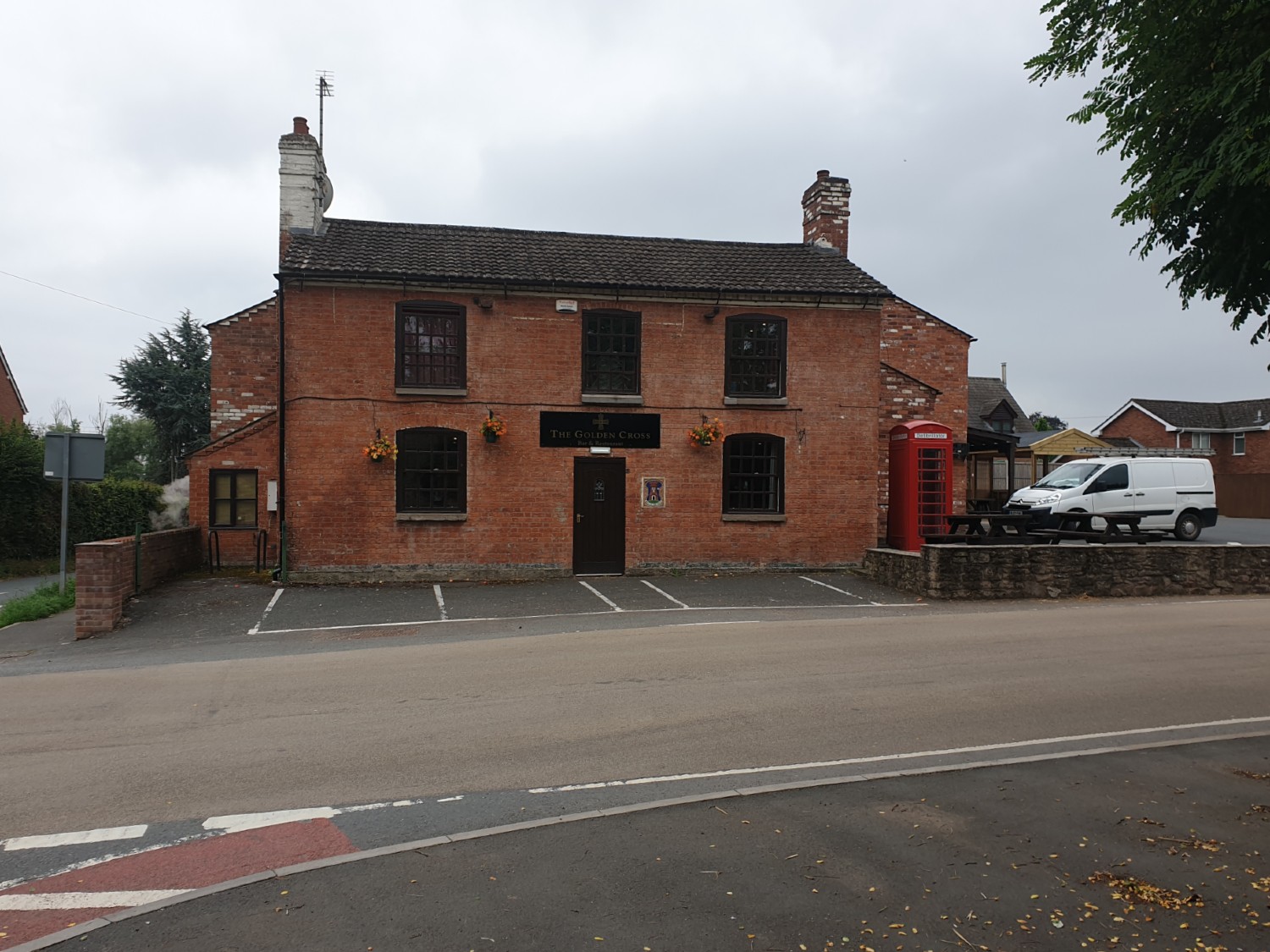
The Golden Cross, Sutton St Nicholas....Map
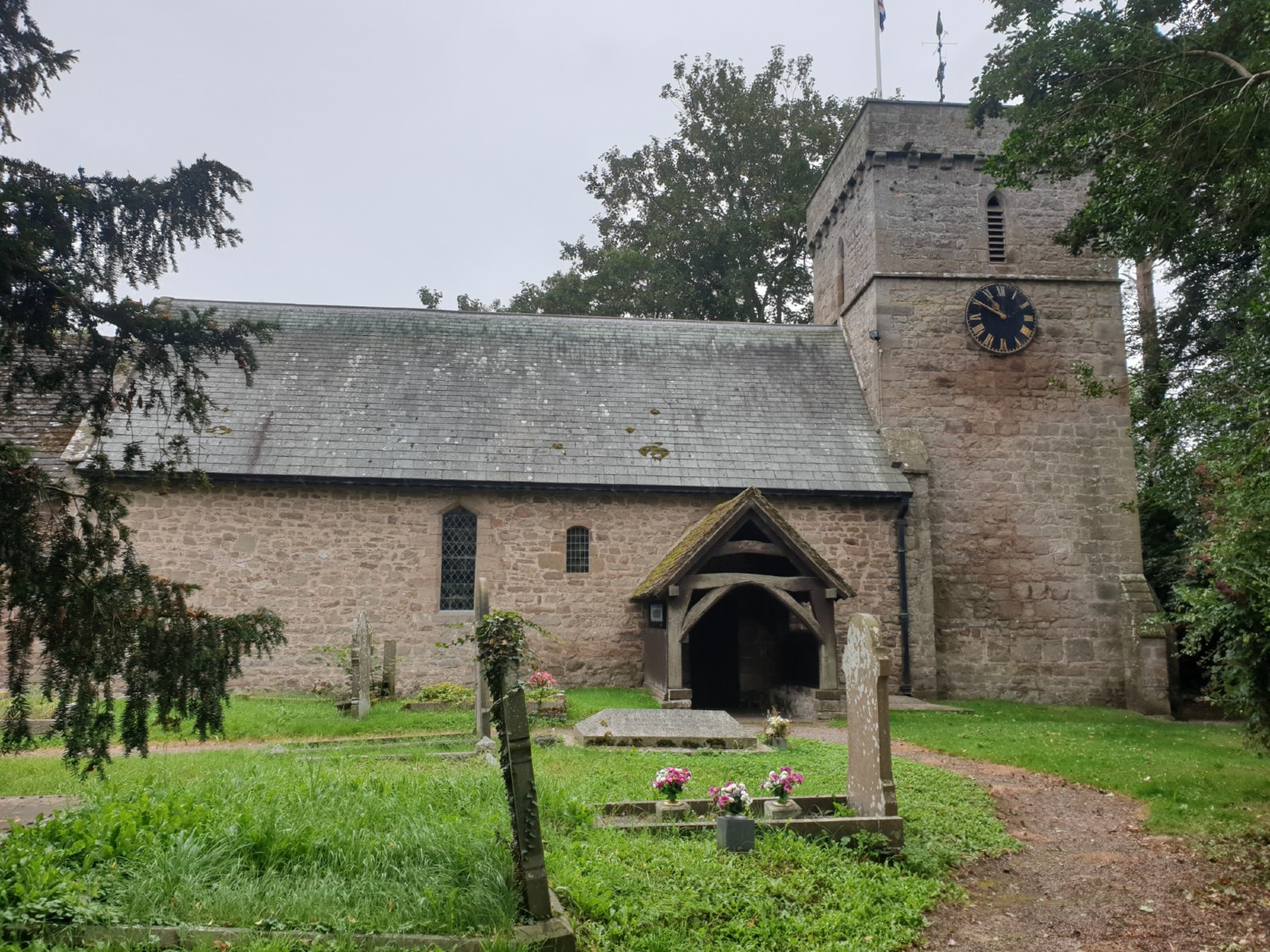
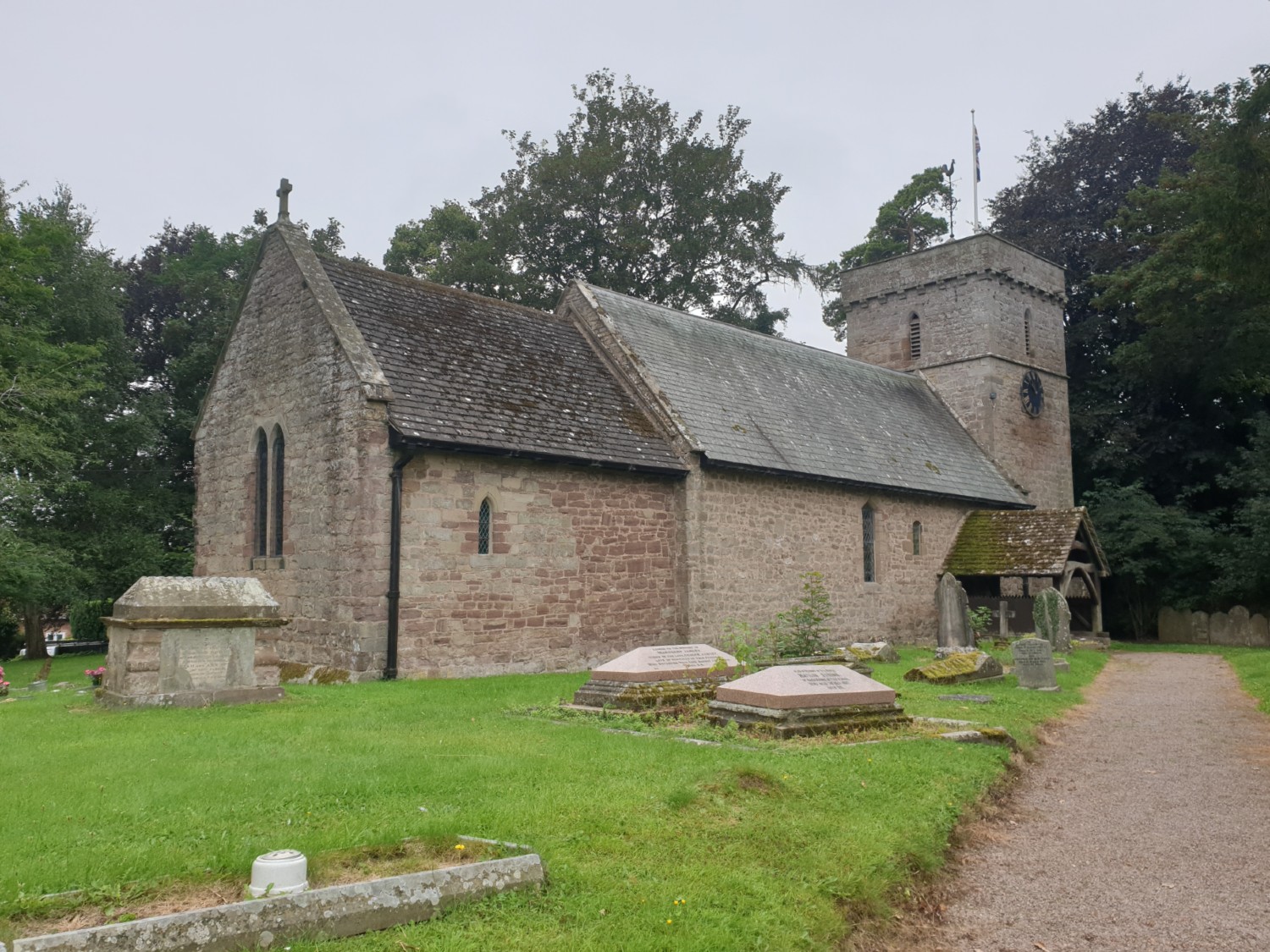
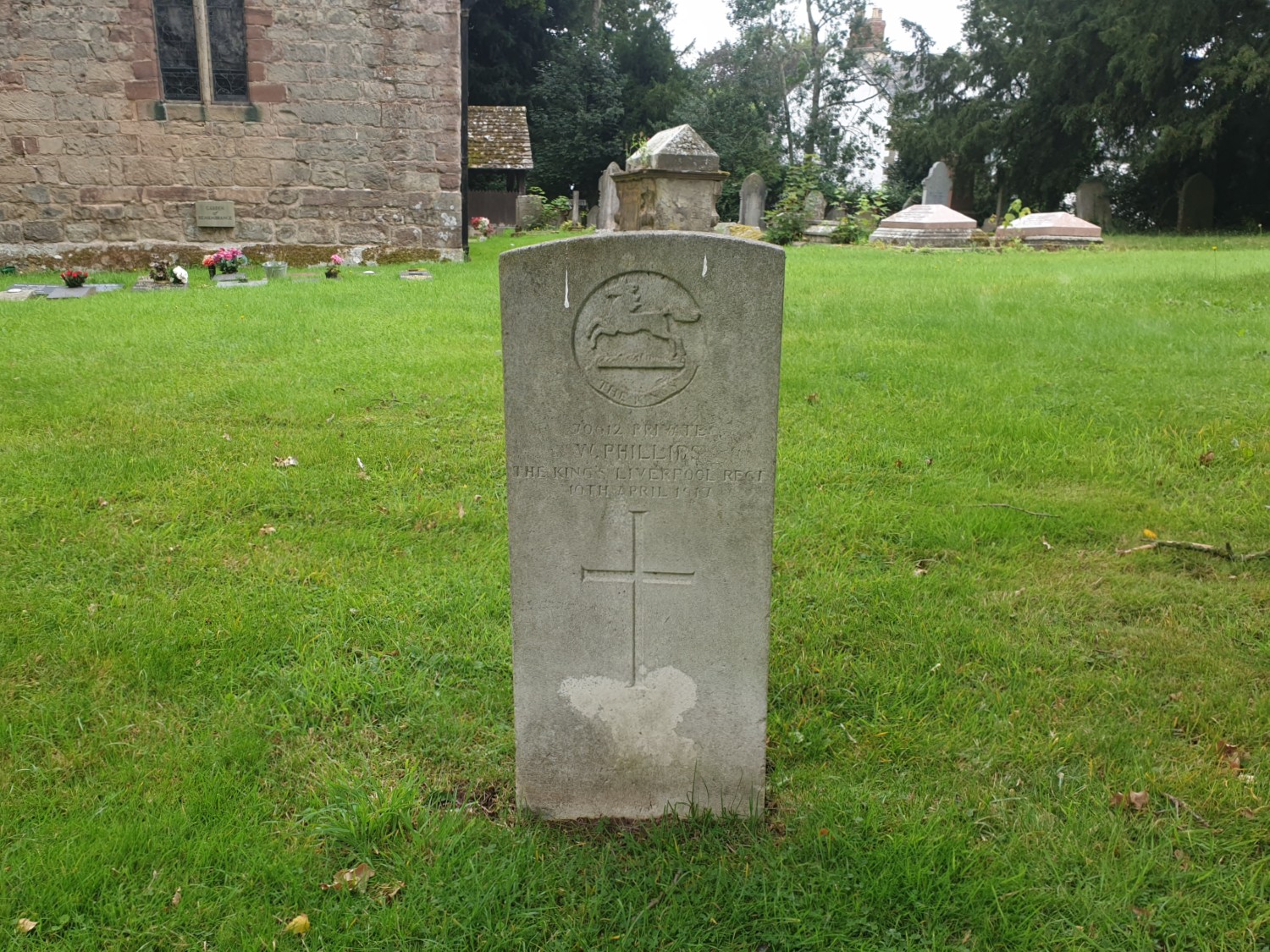
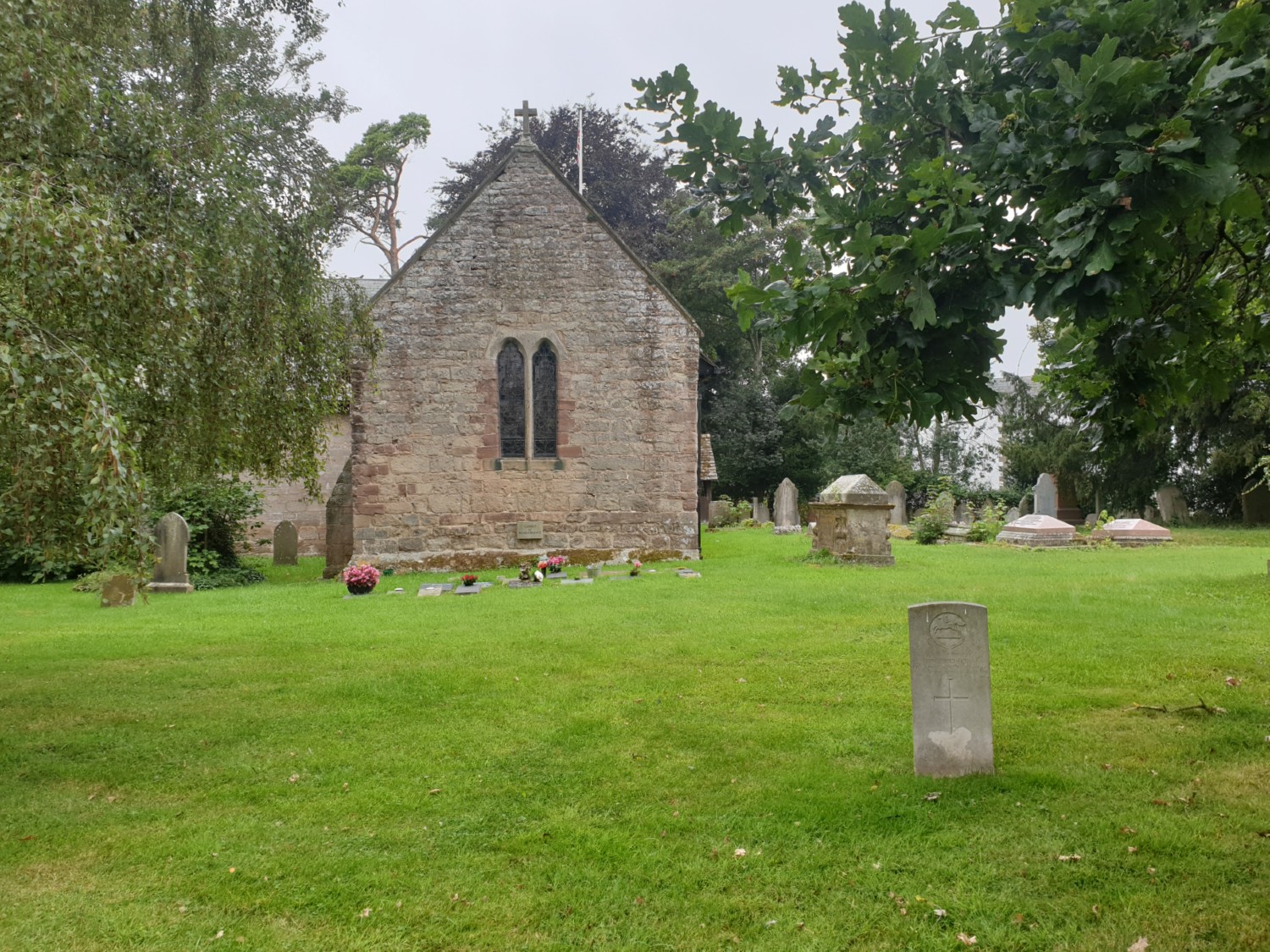
Sutton St Nicholas Church....Map
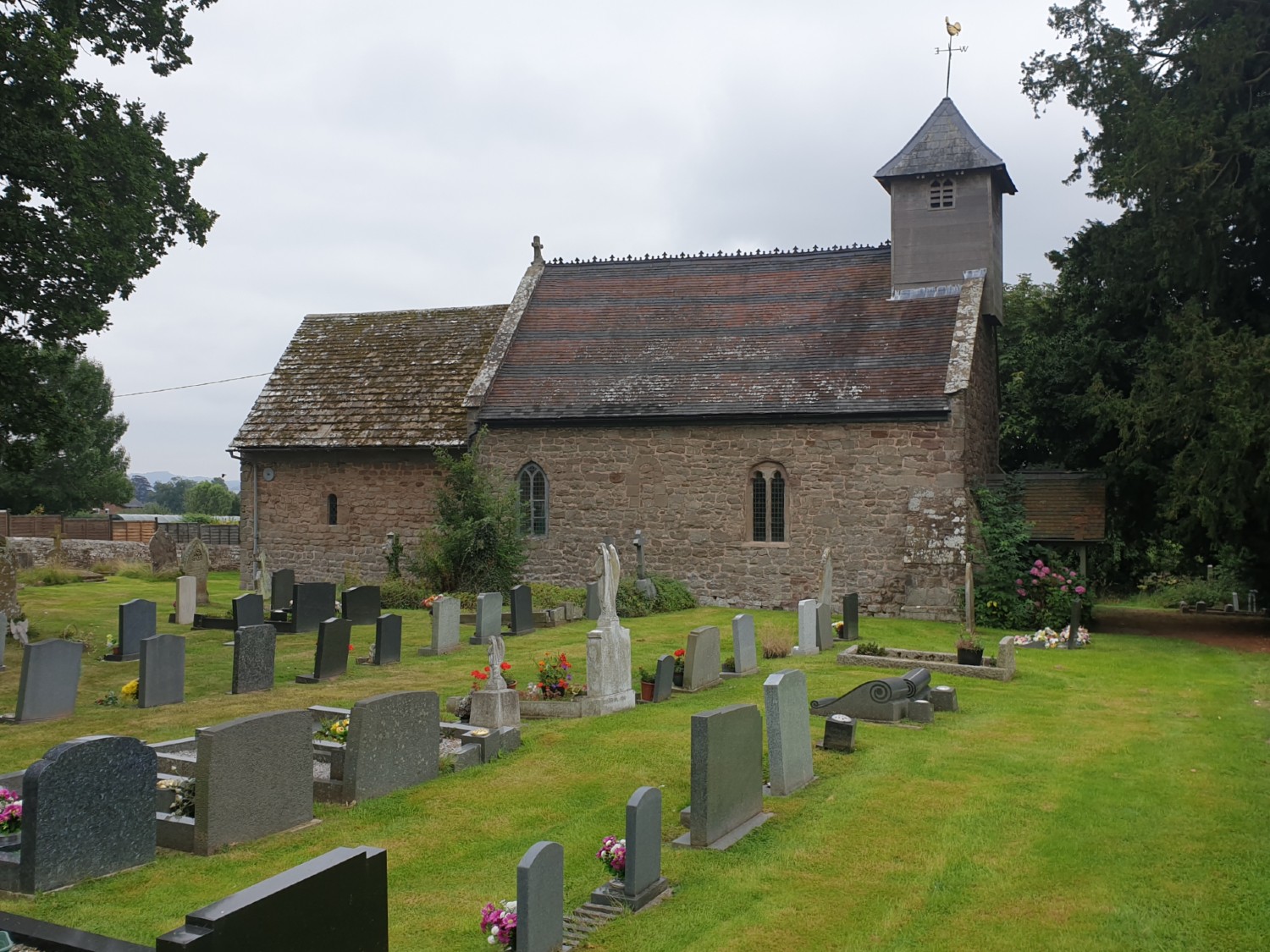
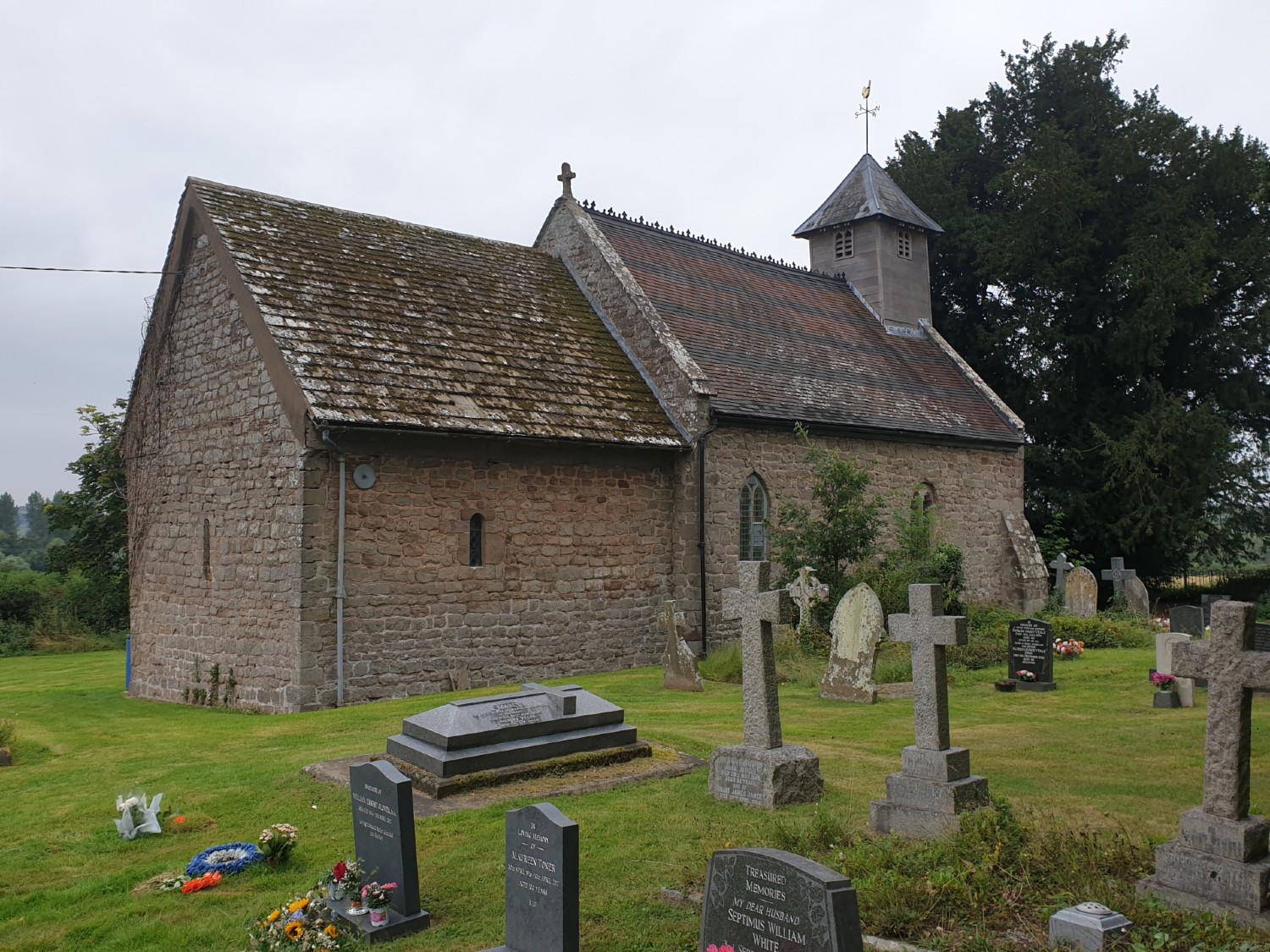
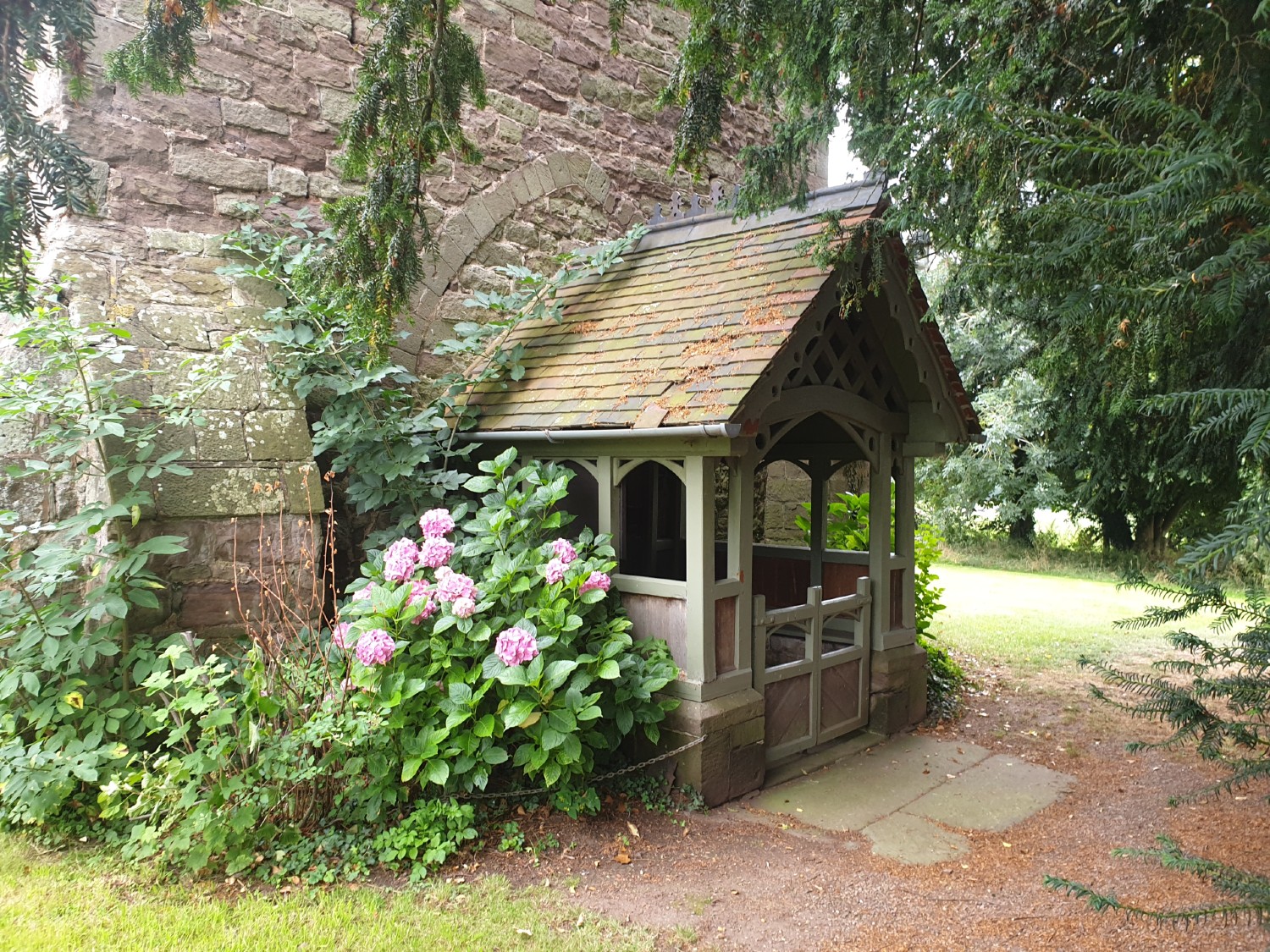
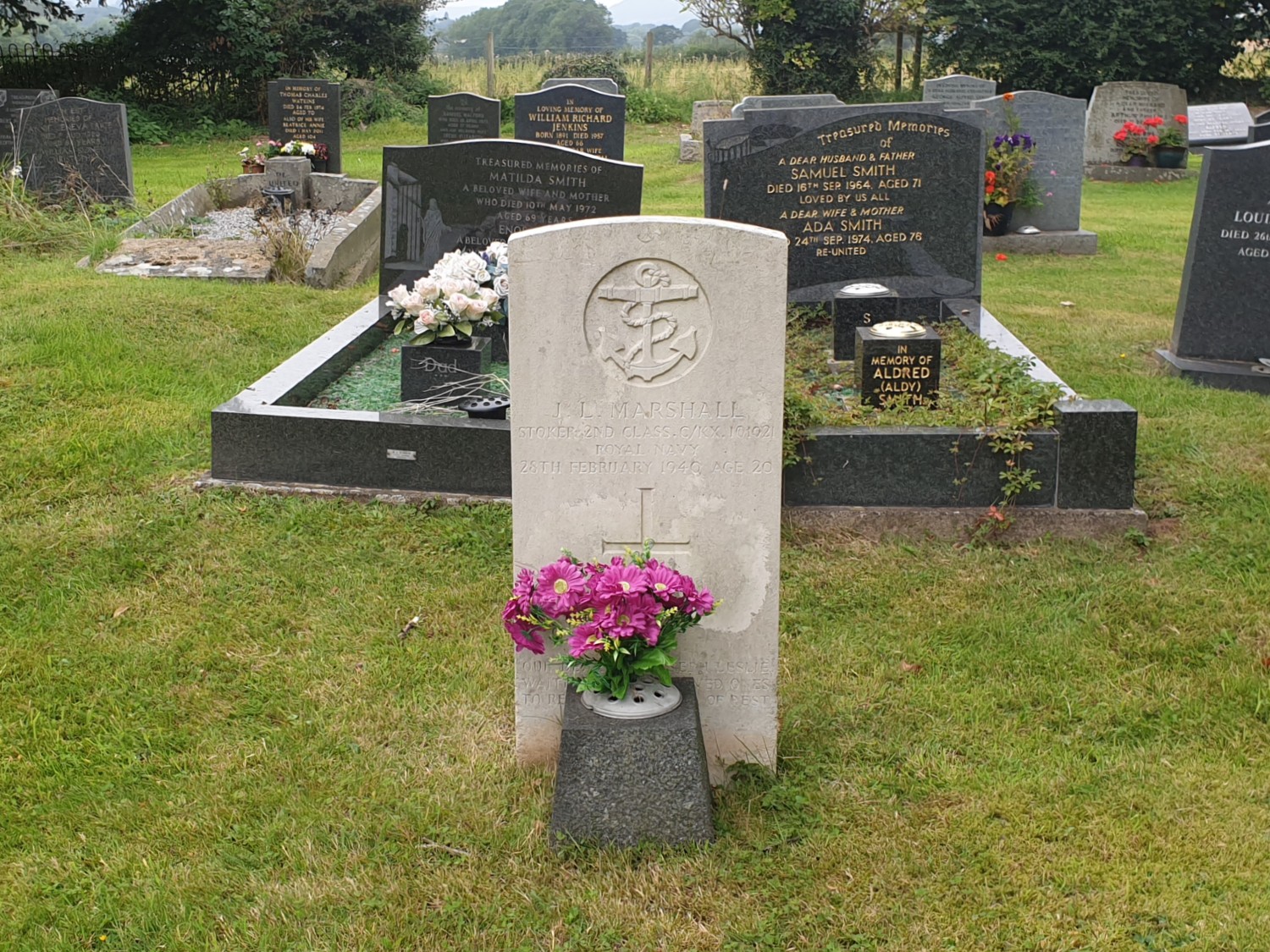
Sutton St Michael Church....Map
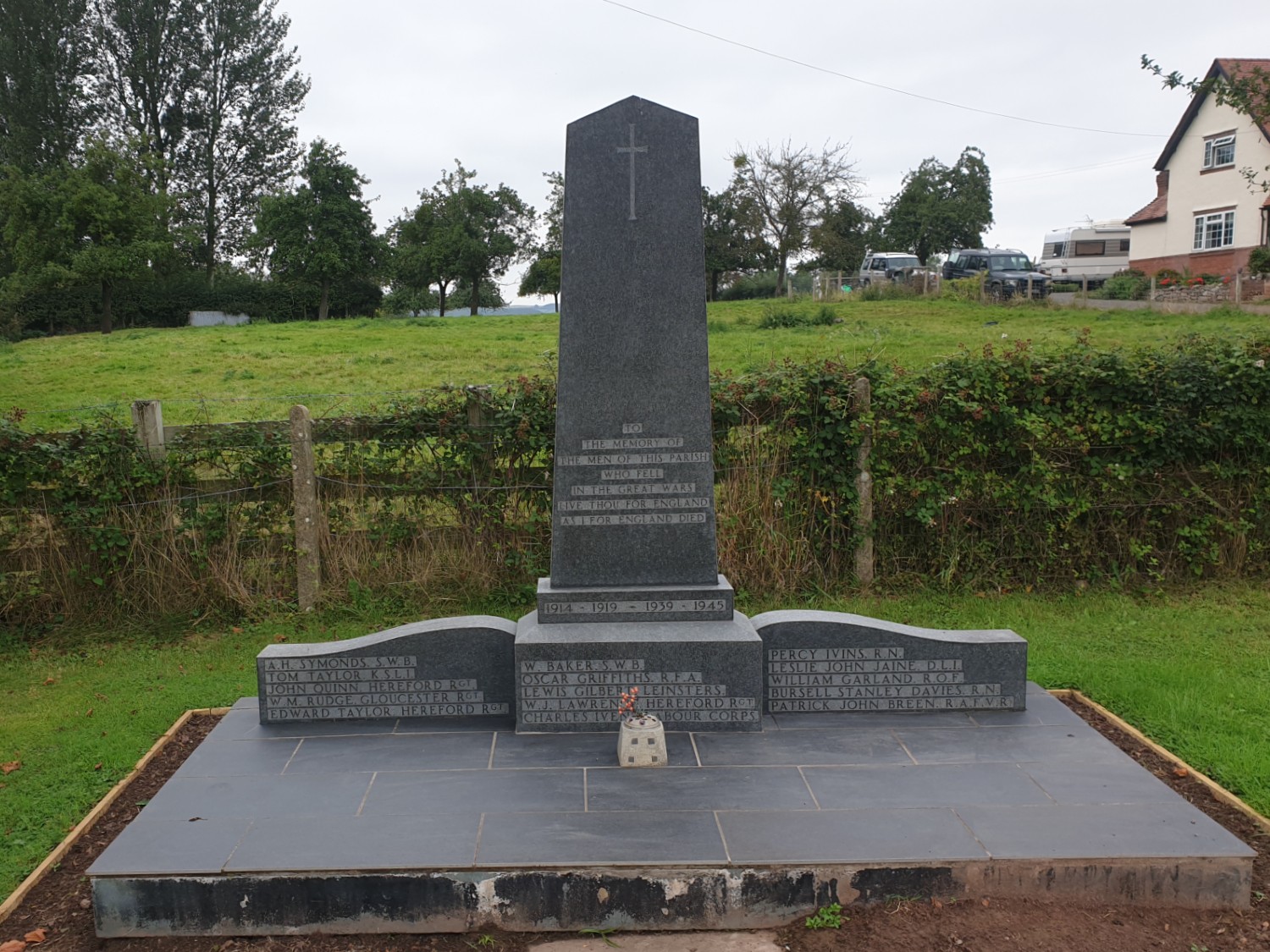
Marden War Memorial....Map
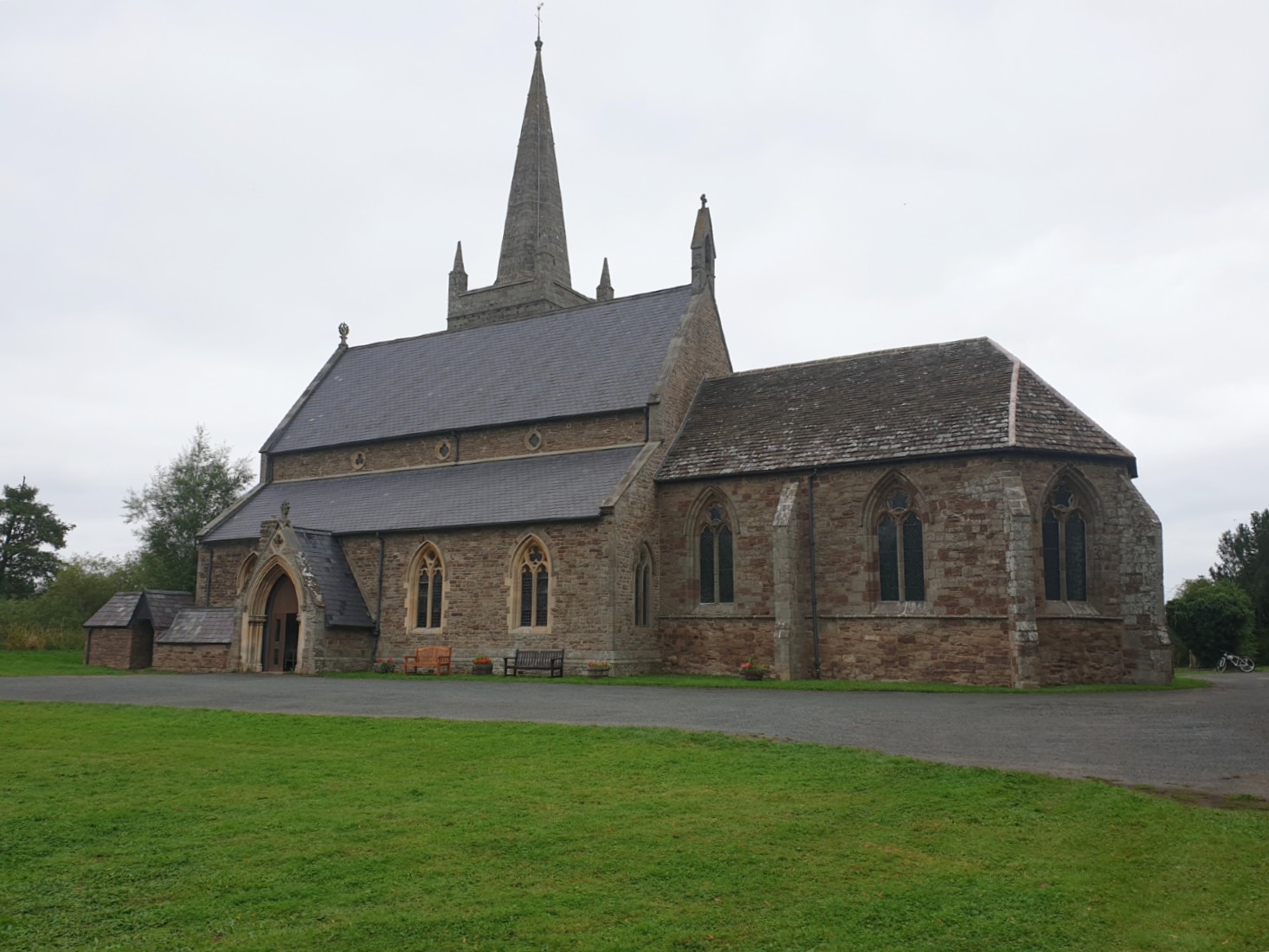
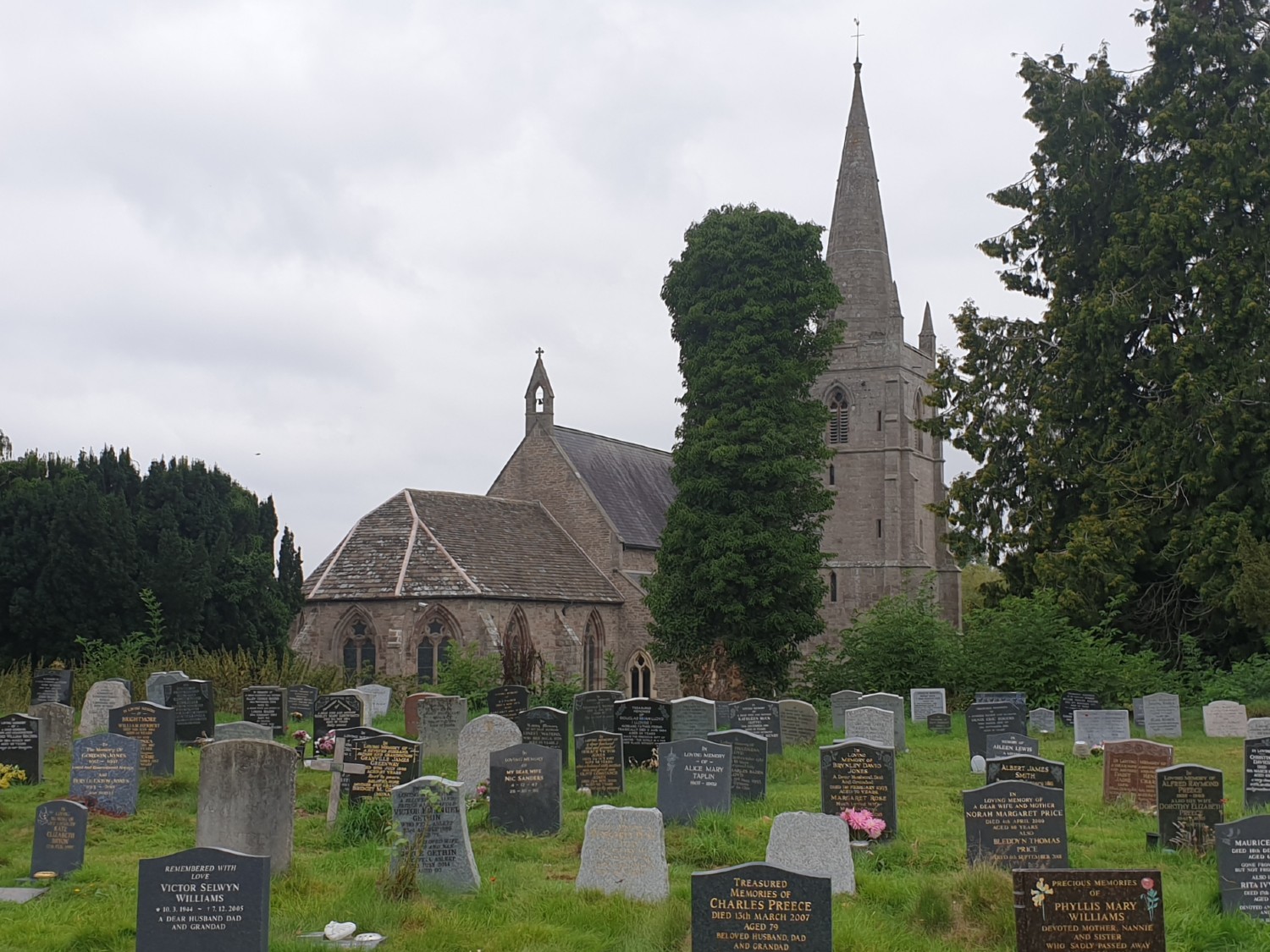
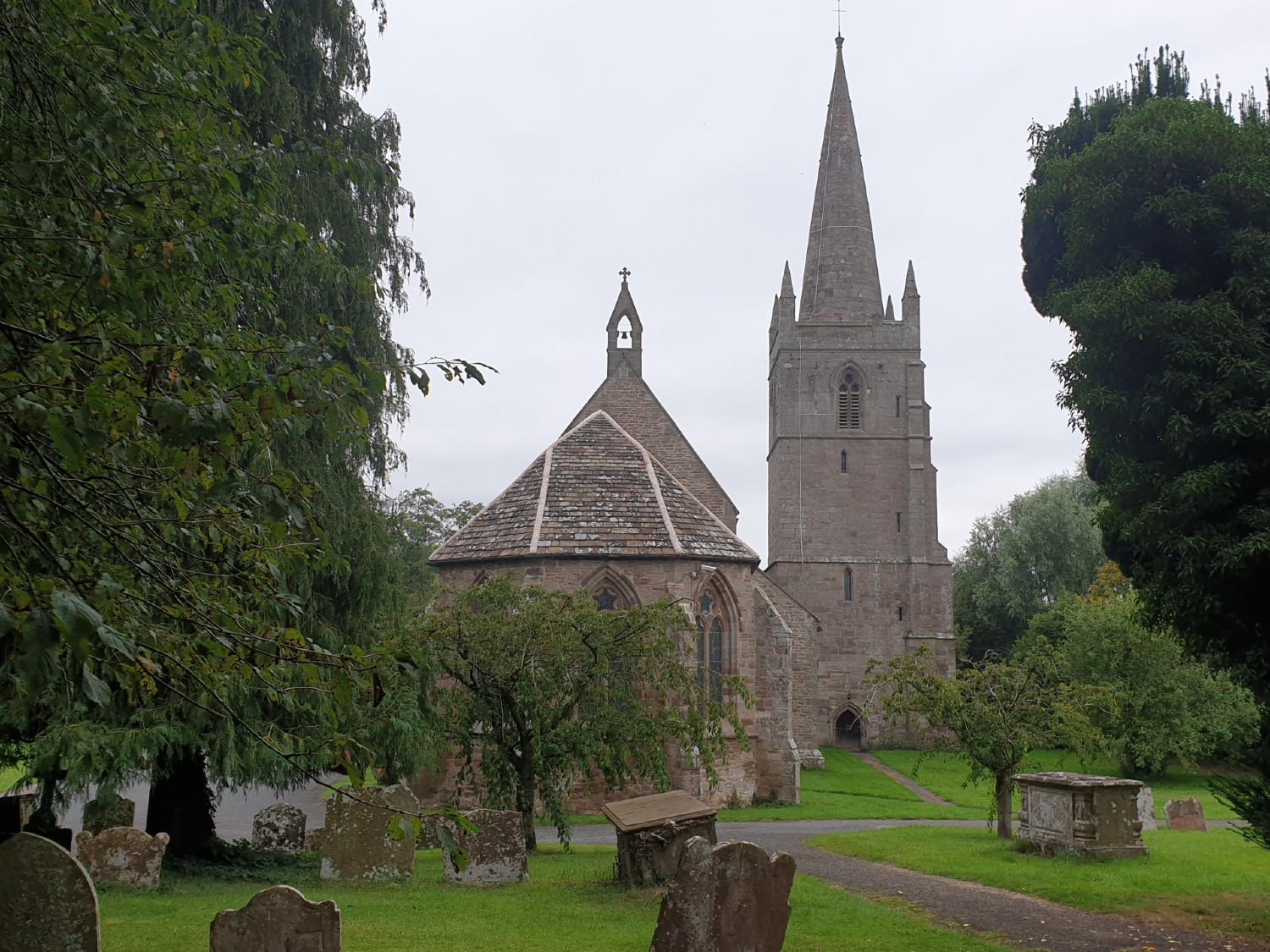
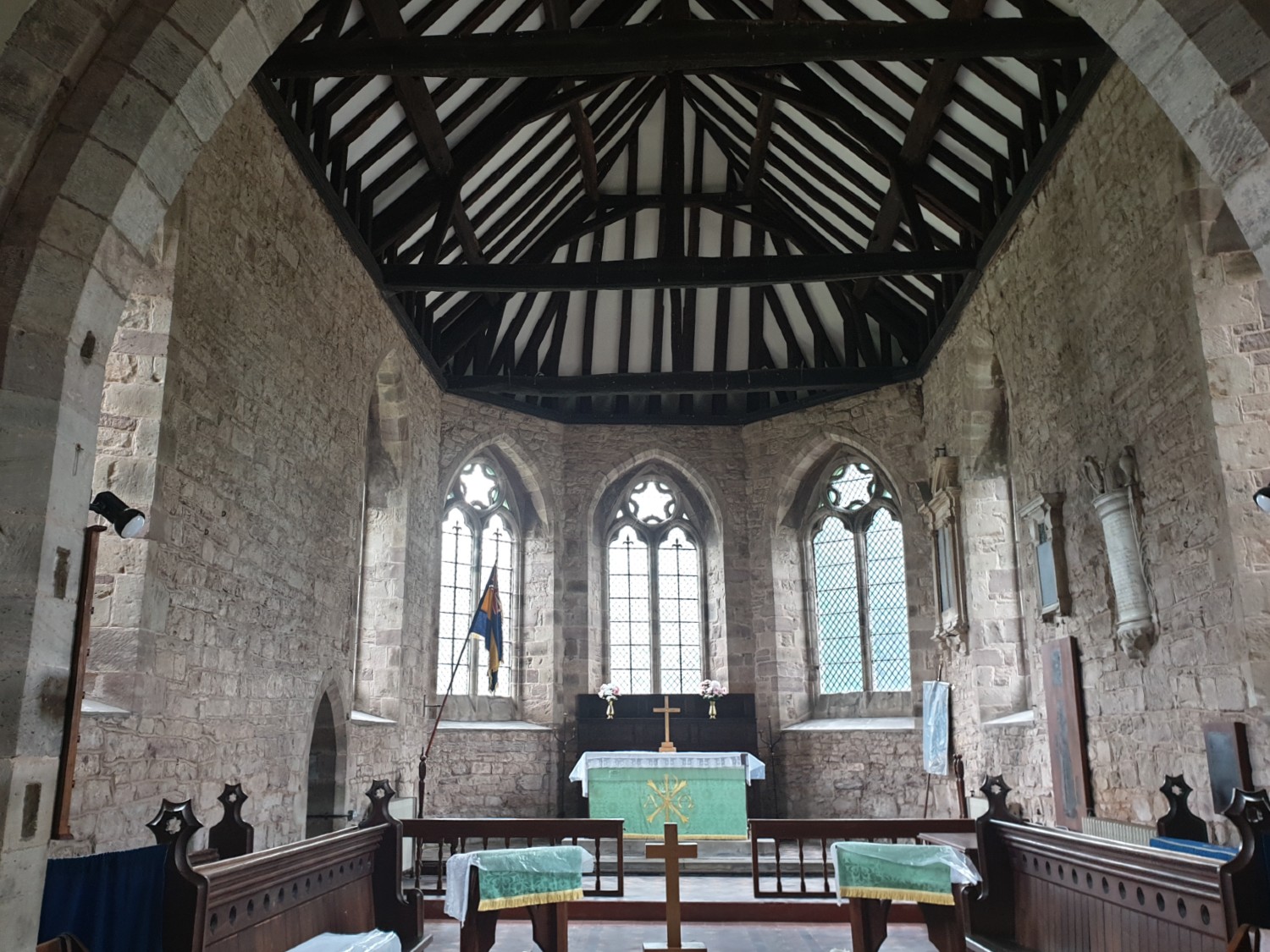
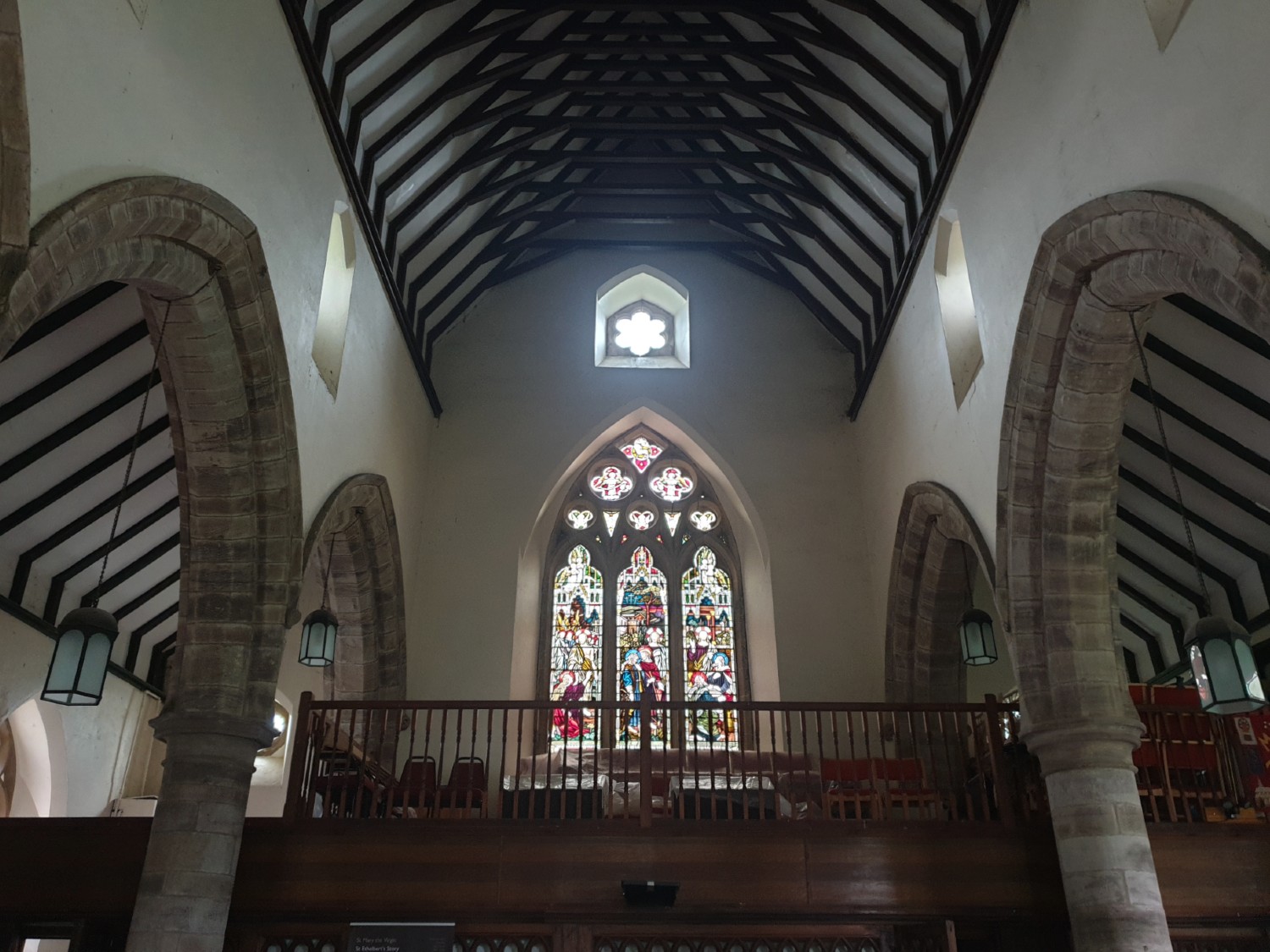
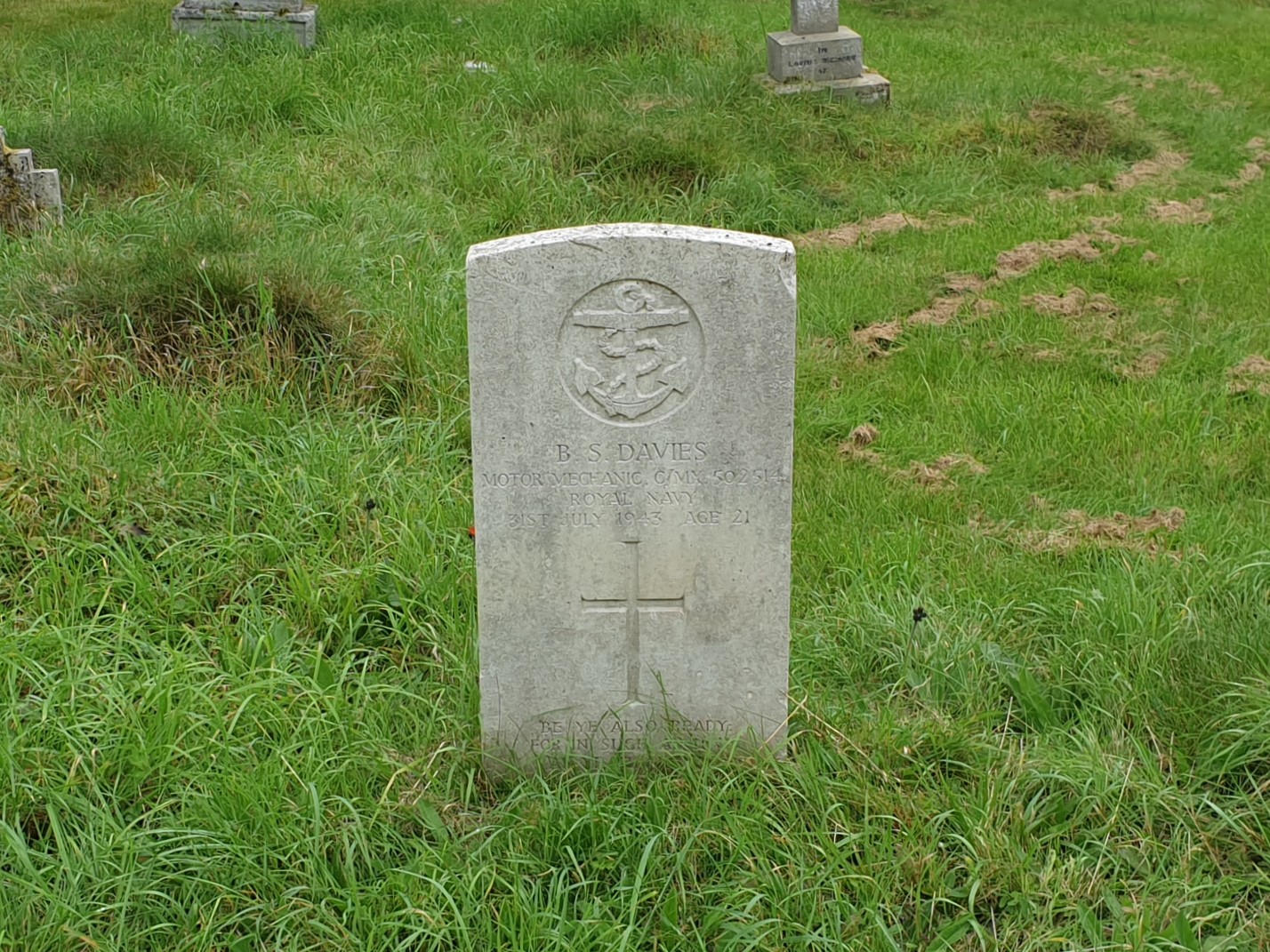
Church of St Mary the Virgin, Marden....Map
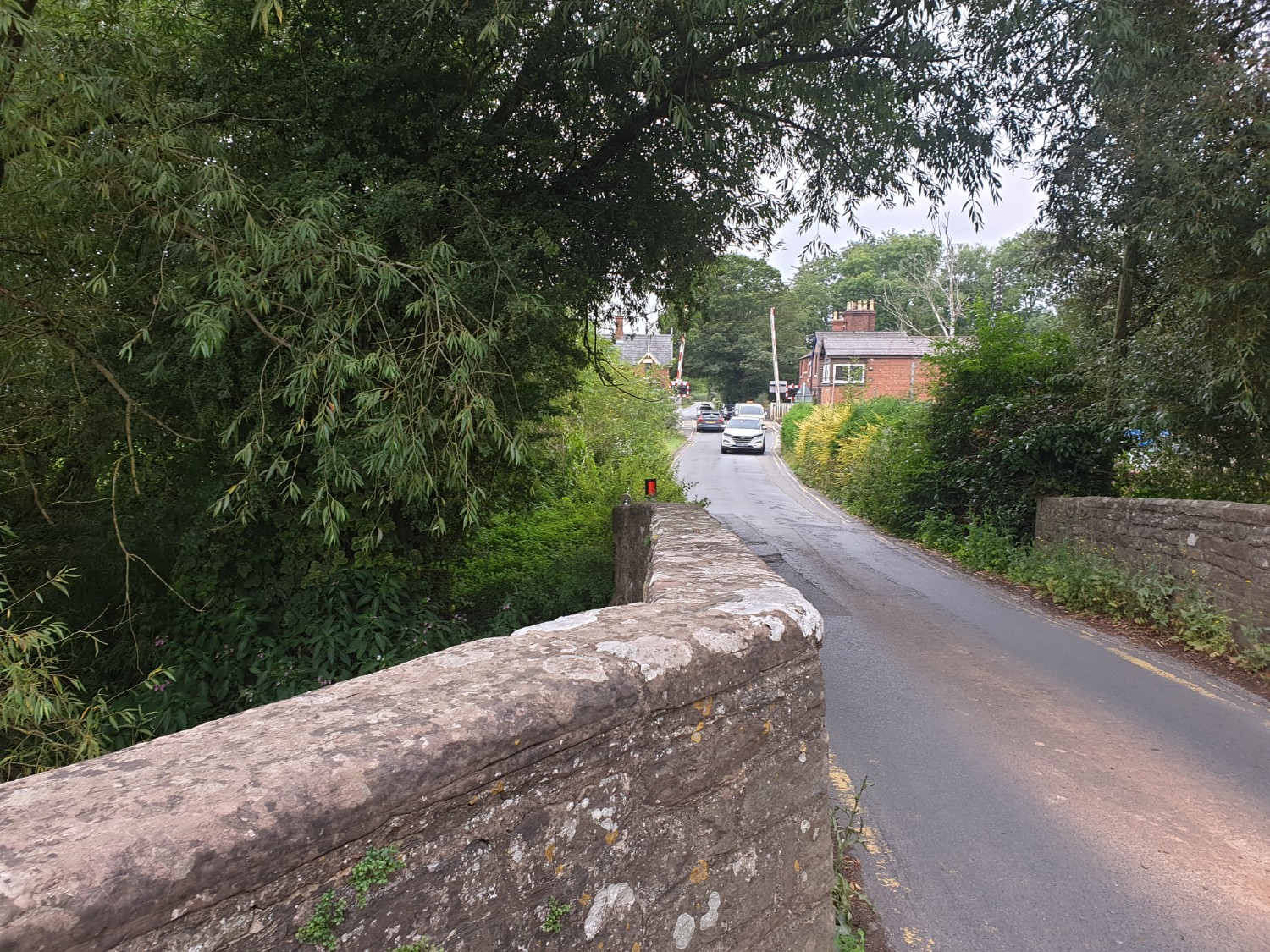
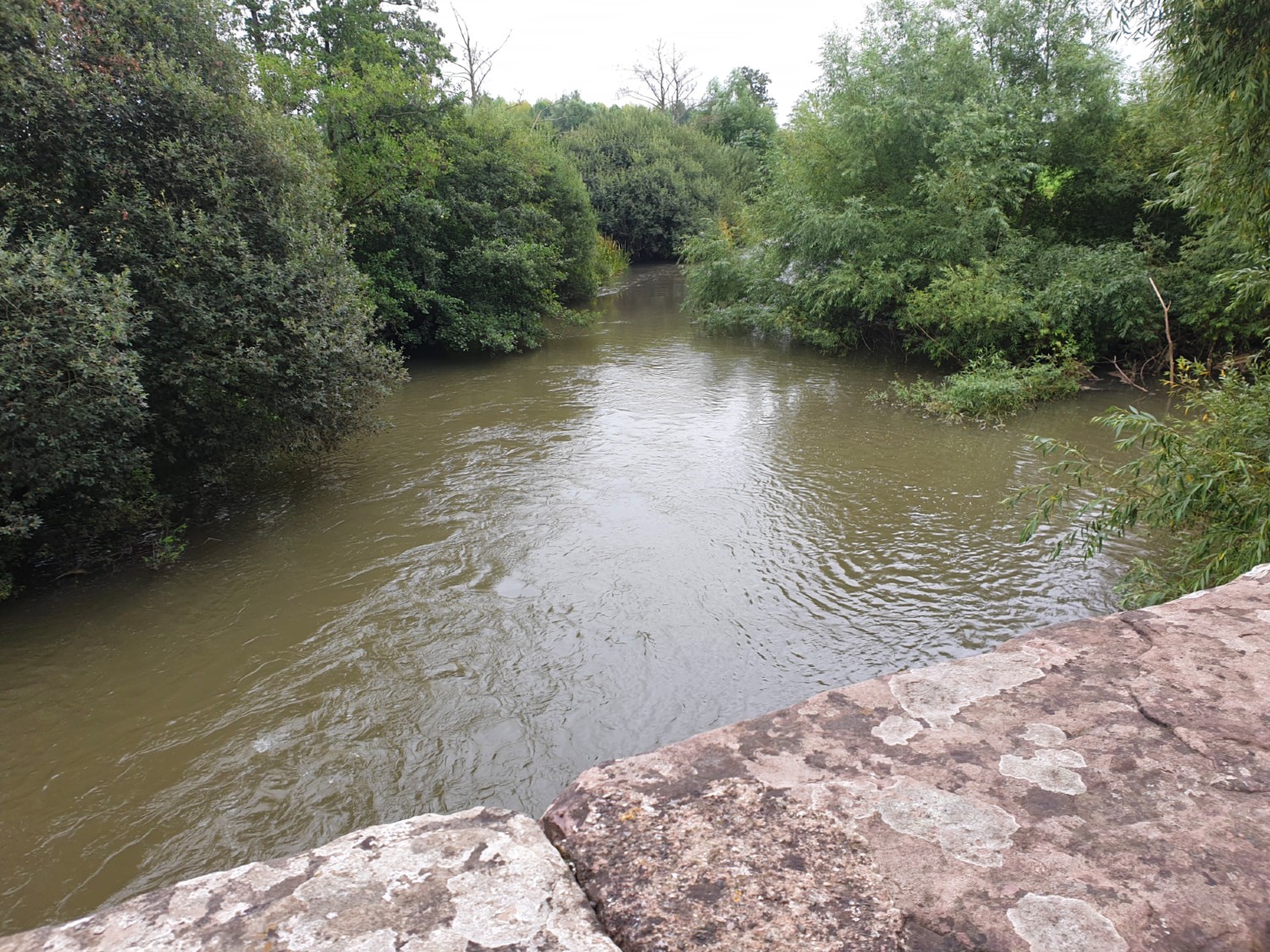
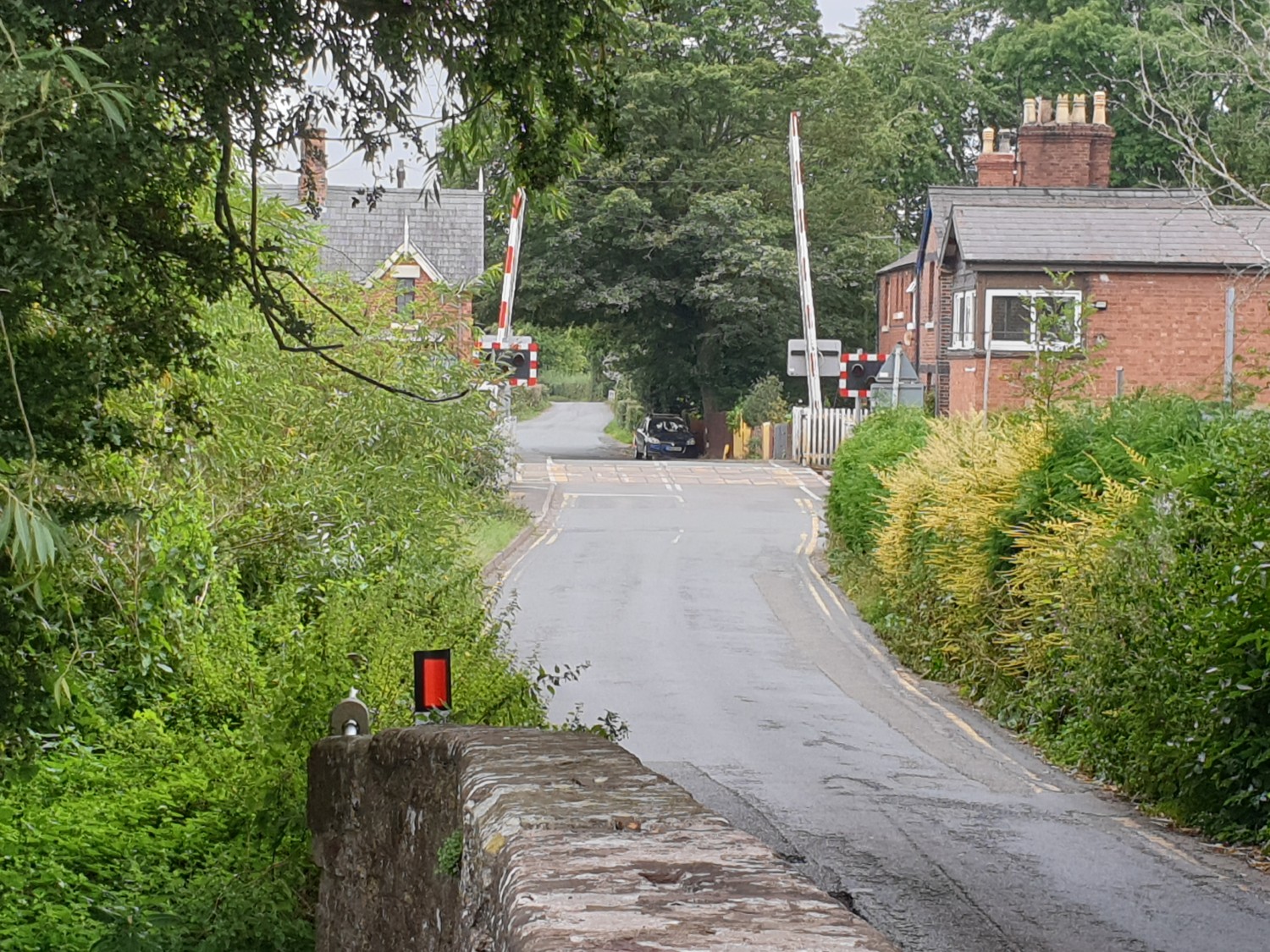
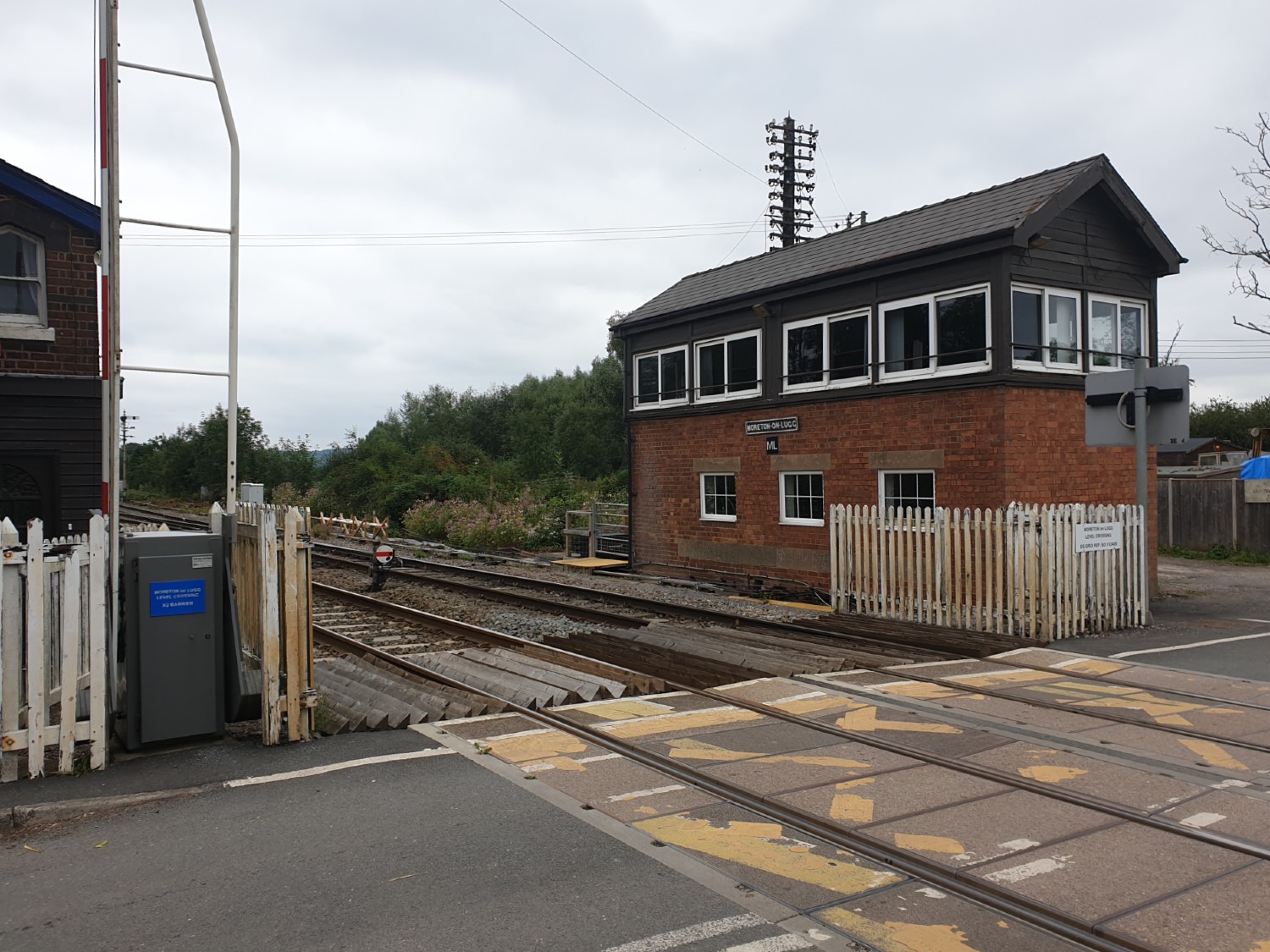
The Lugg Bridge and Railway Crossing at Moreton-on-Lugg....Map
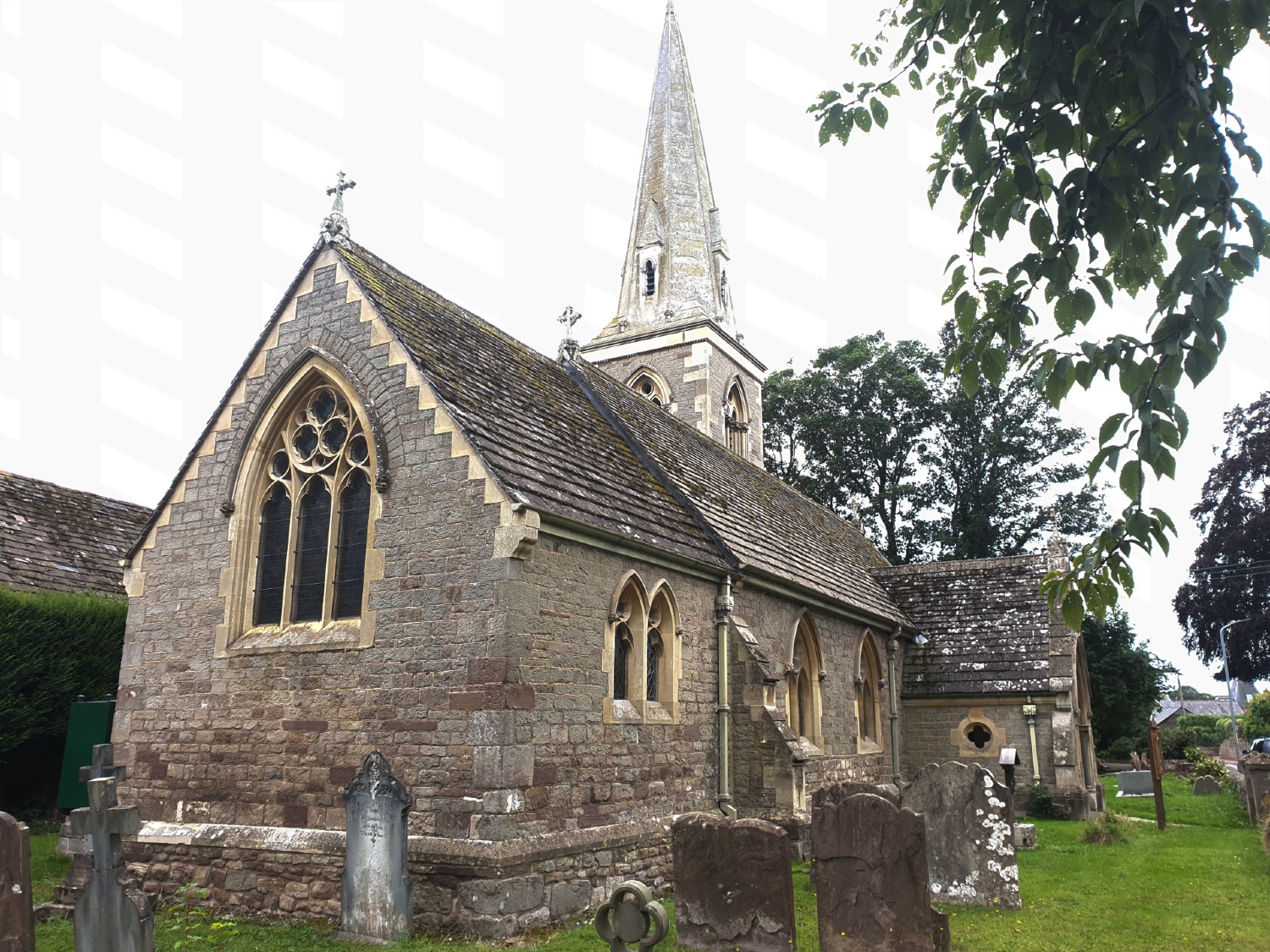
St Andrew's Church, Moreton-on-Lugg....Map
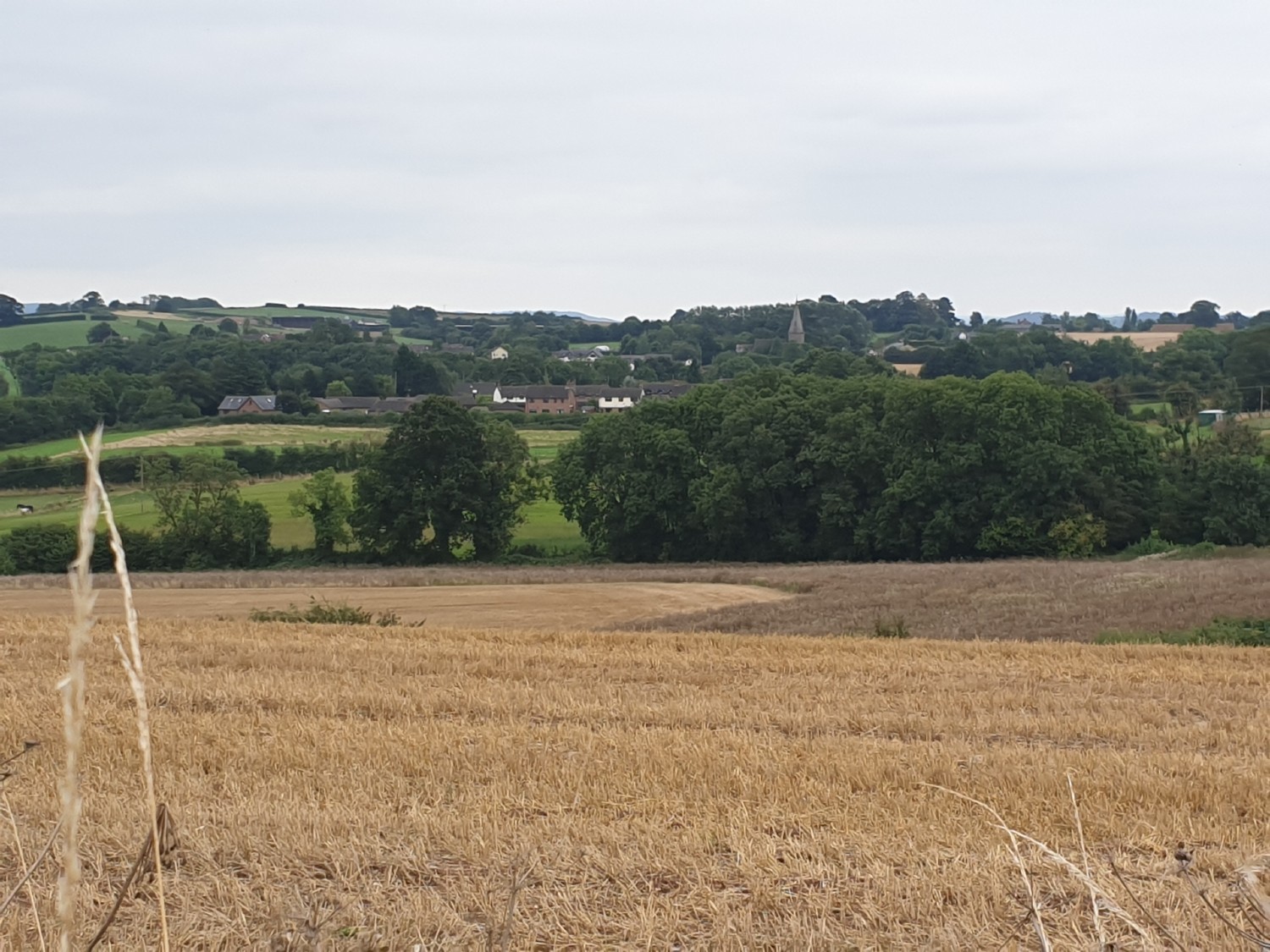
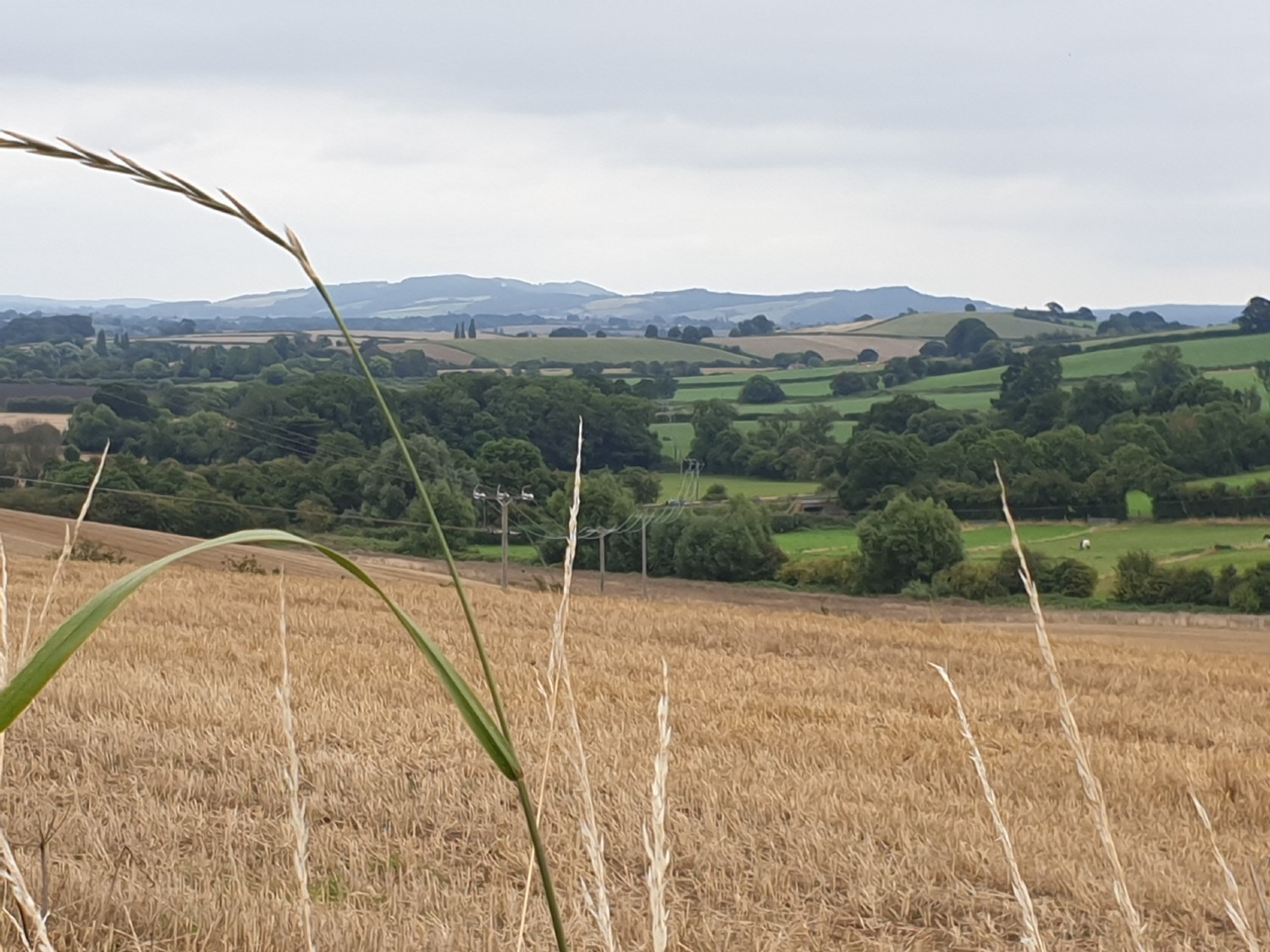
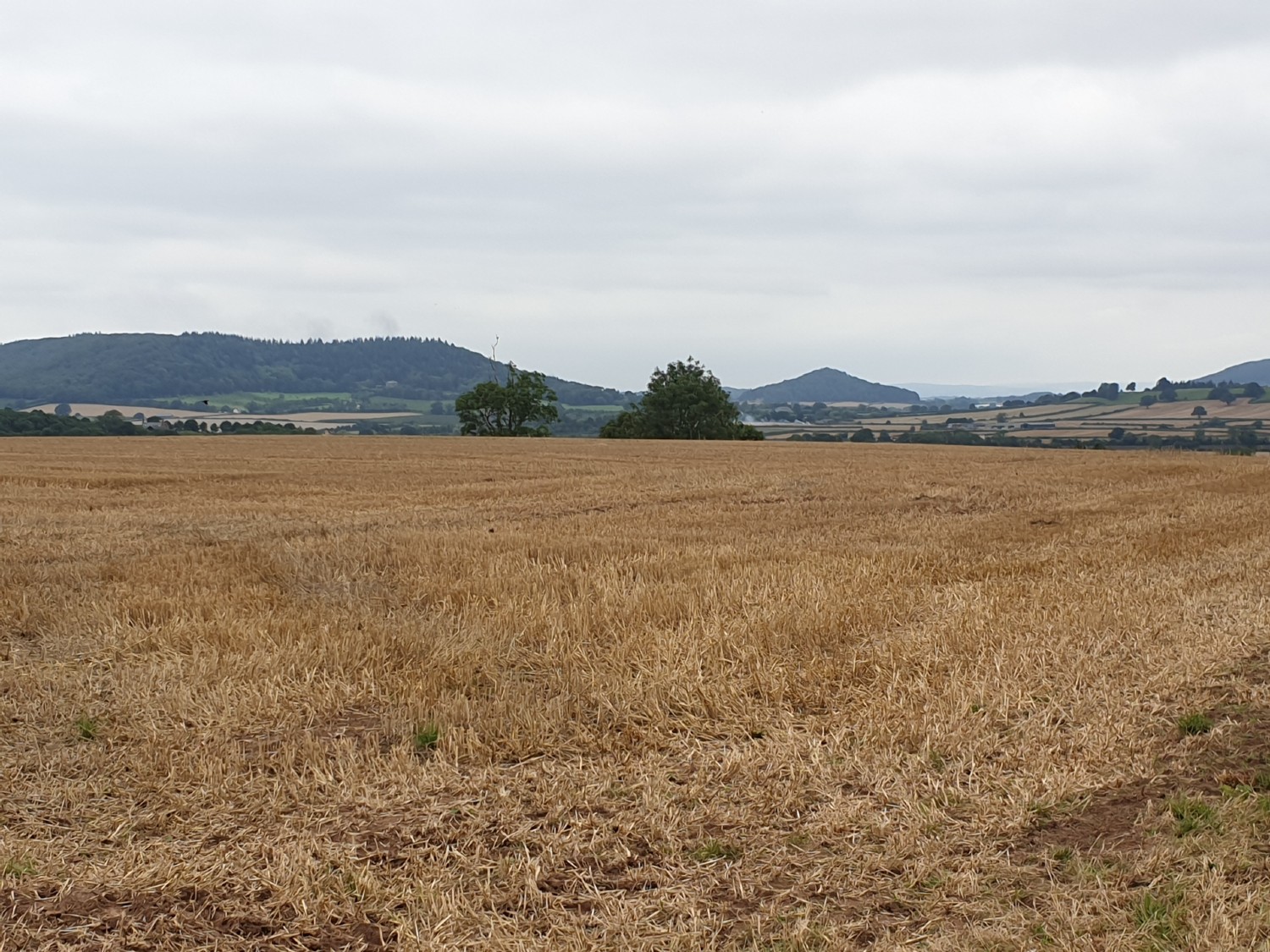
Views from Portway Bank (i) southeast towards Lyde (ii) east towards Haugh Wood (iii) northwest towards Badnage Wood and Pyon Hill....Map
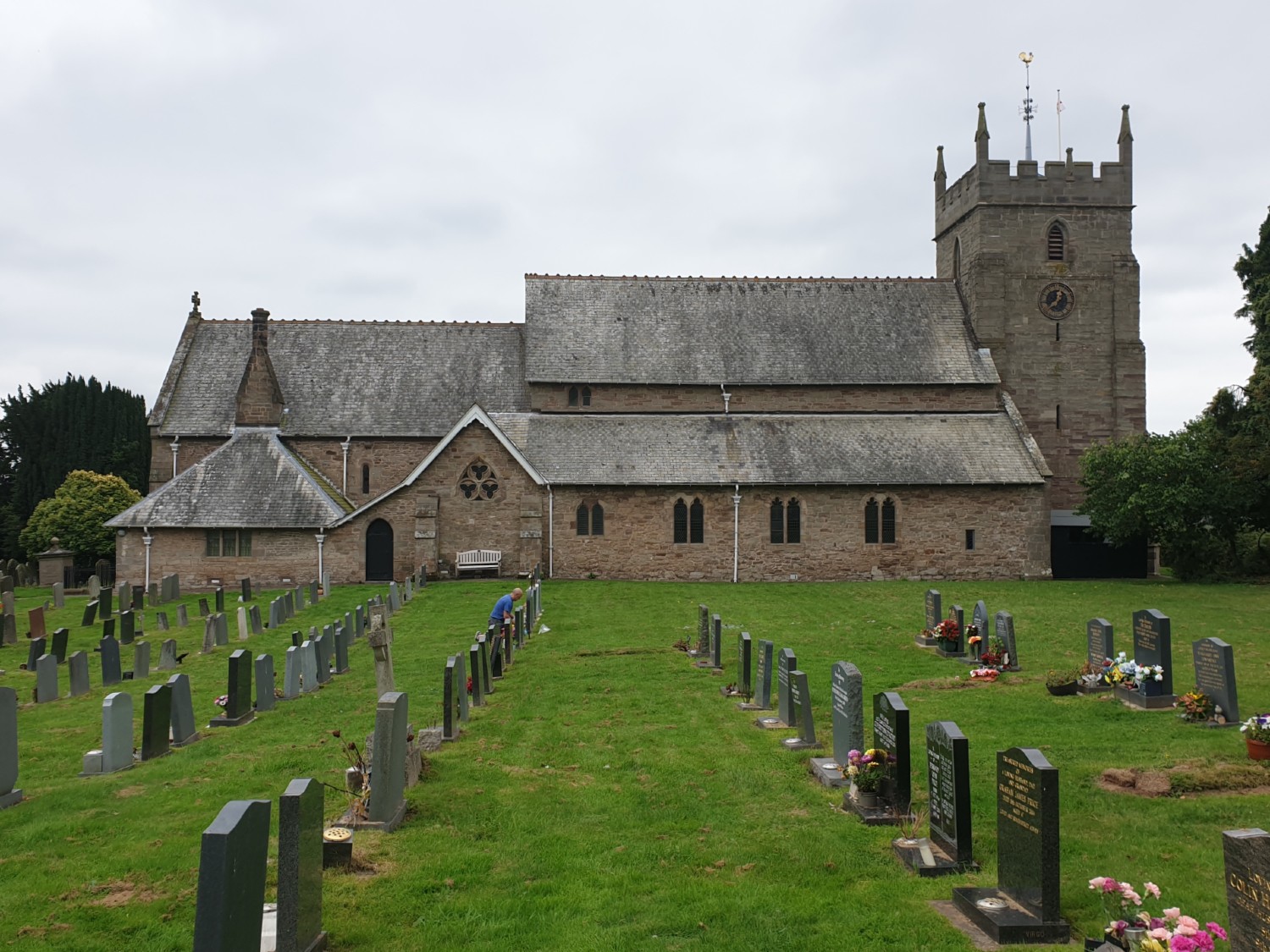
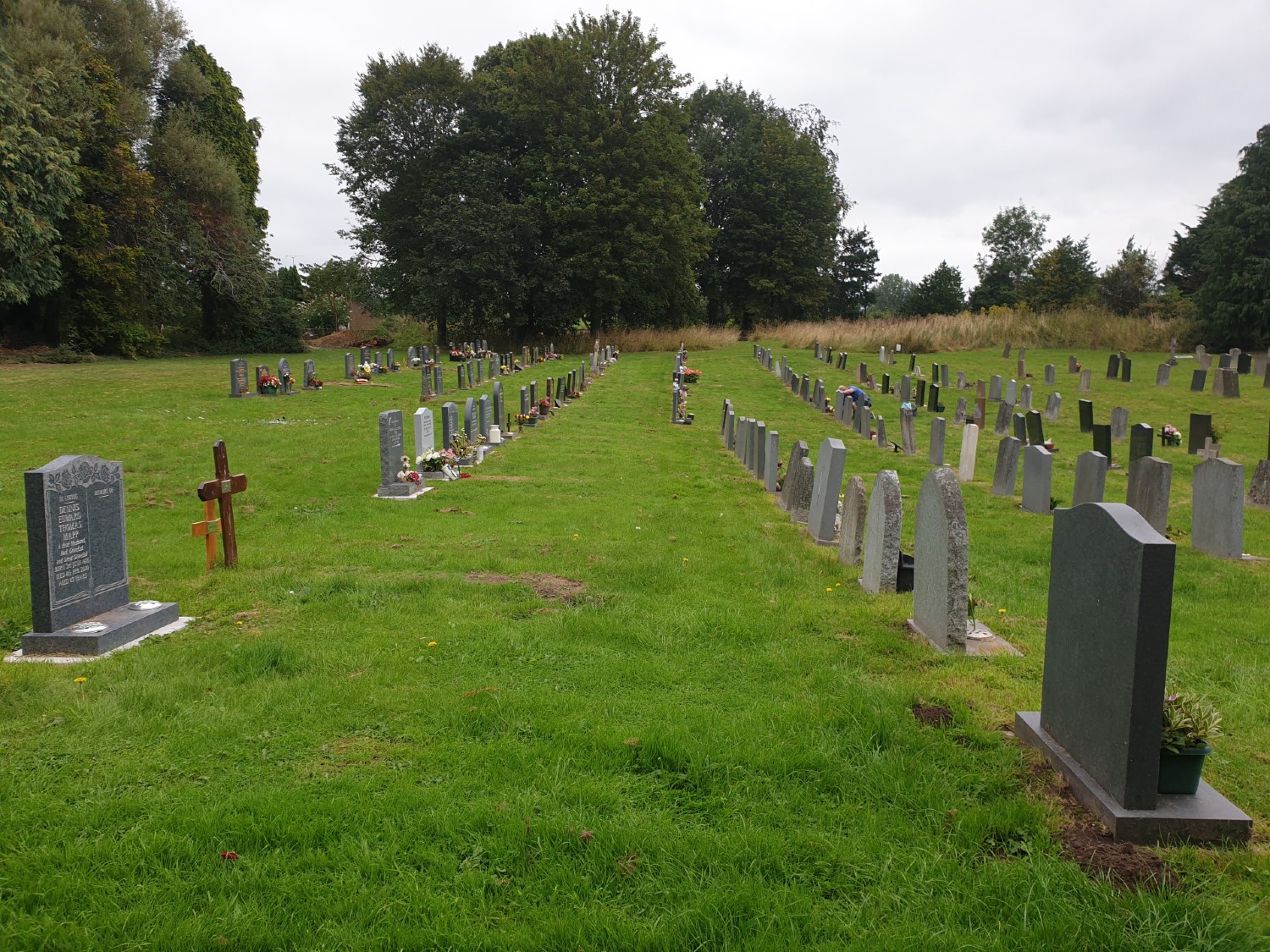
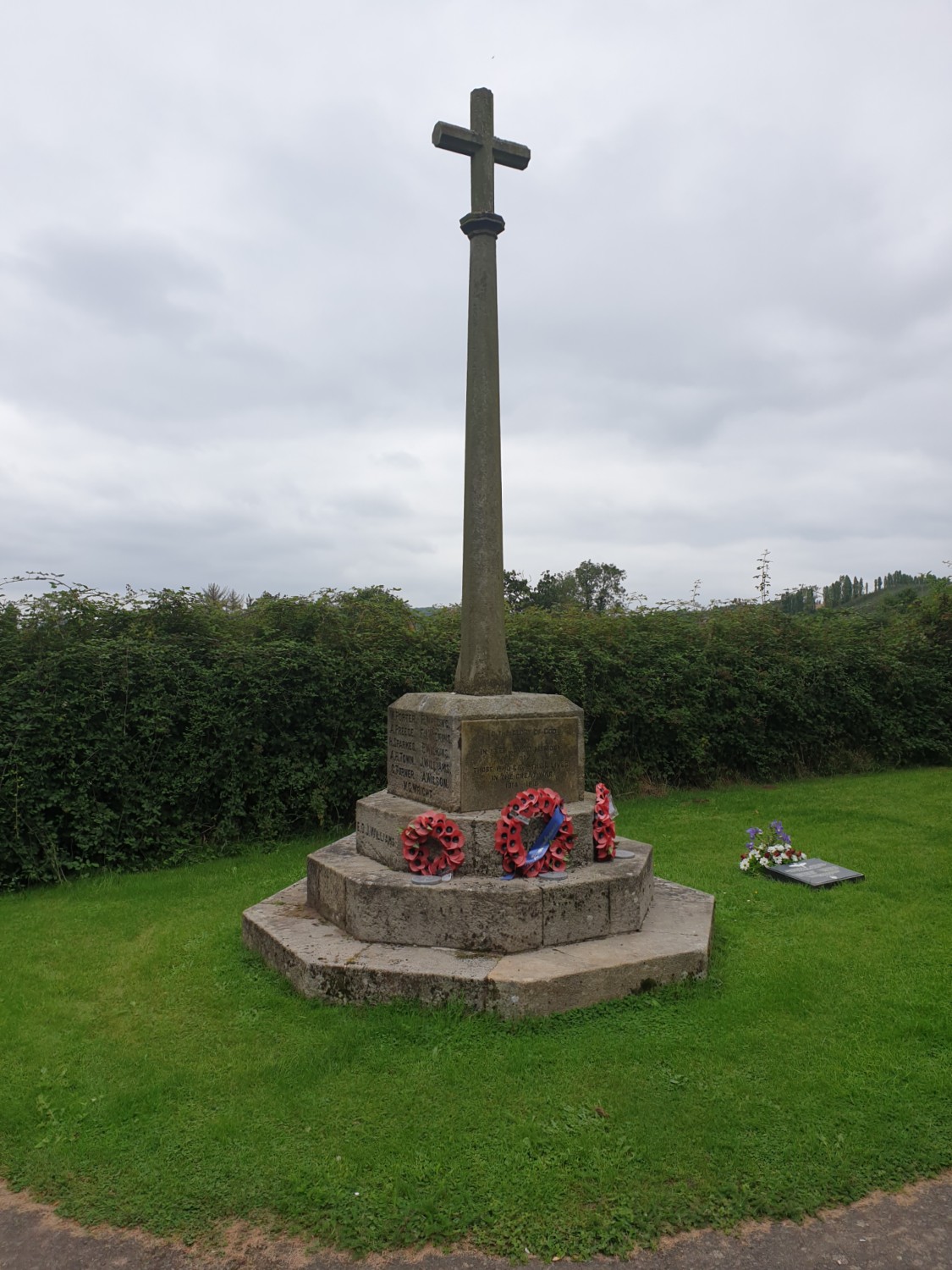
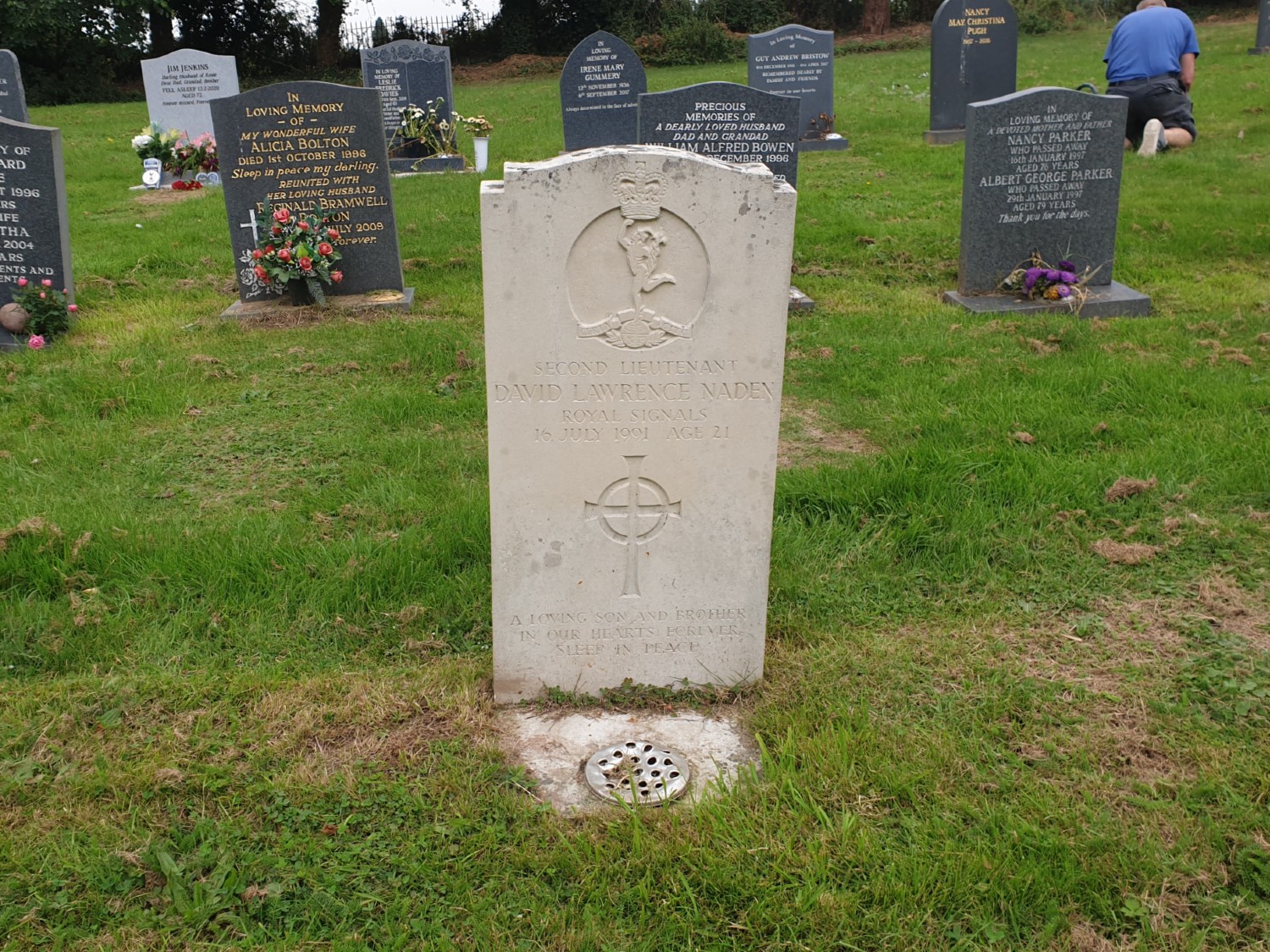
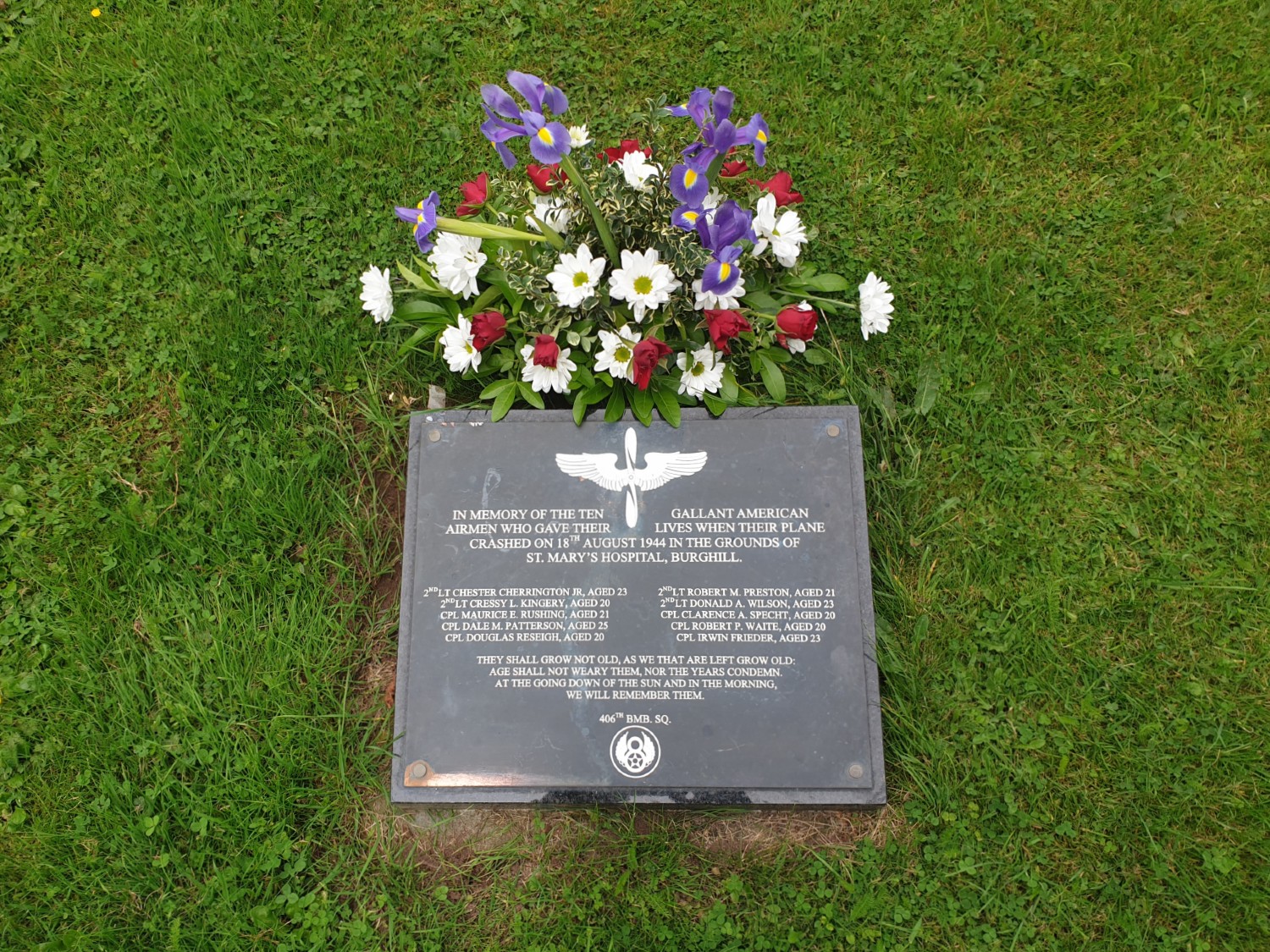
Church of St Mary the Virgin, Burghill....Map
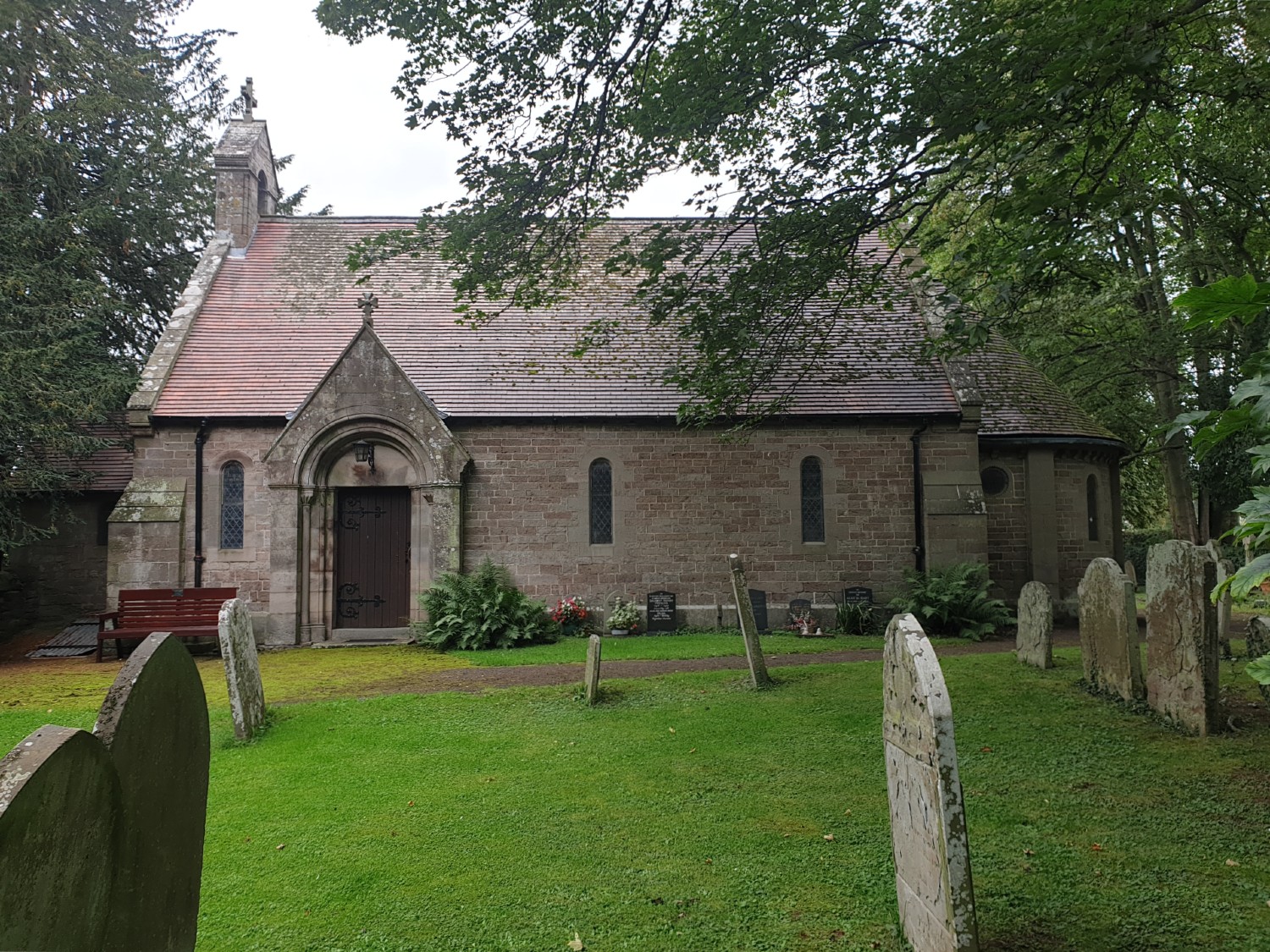
St Mary Magdalene Church, Huntington....Map